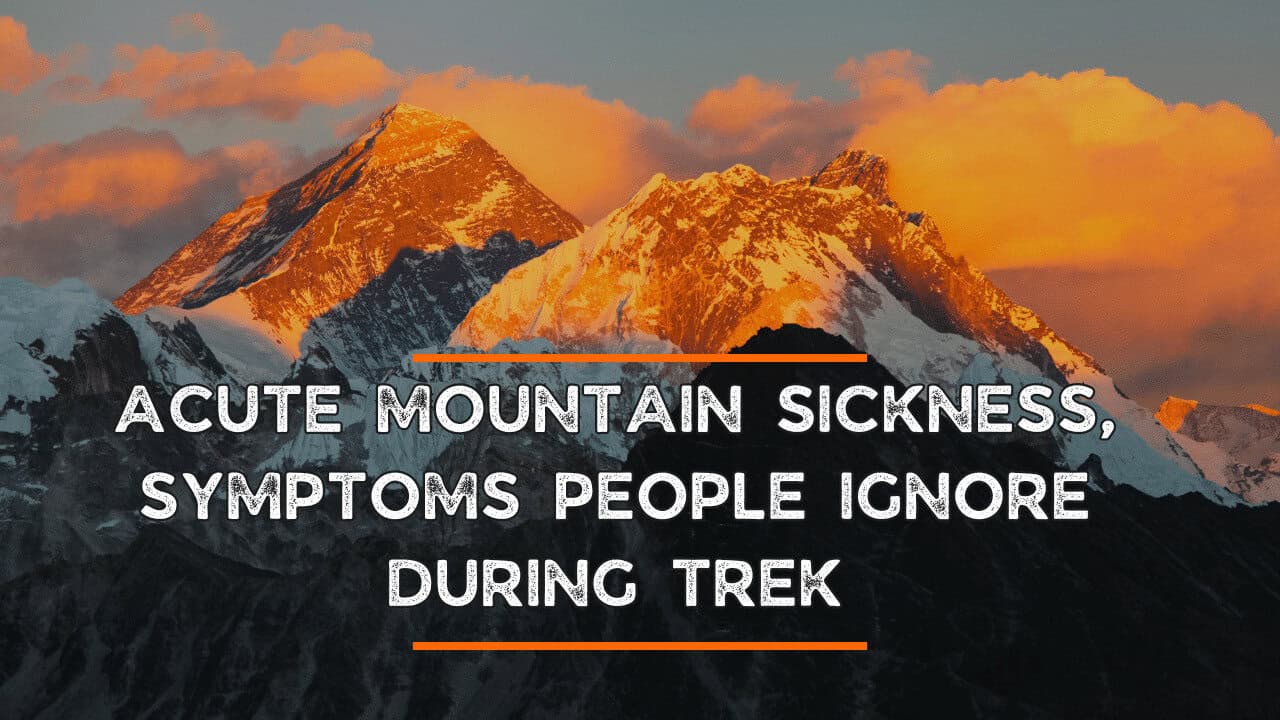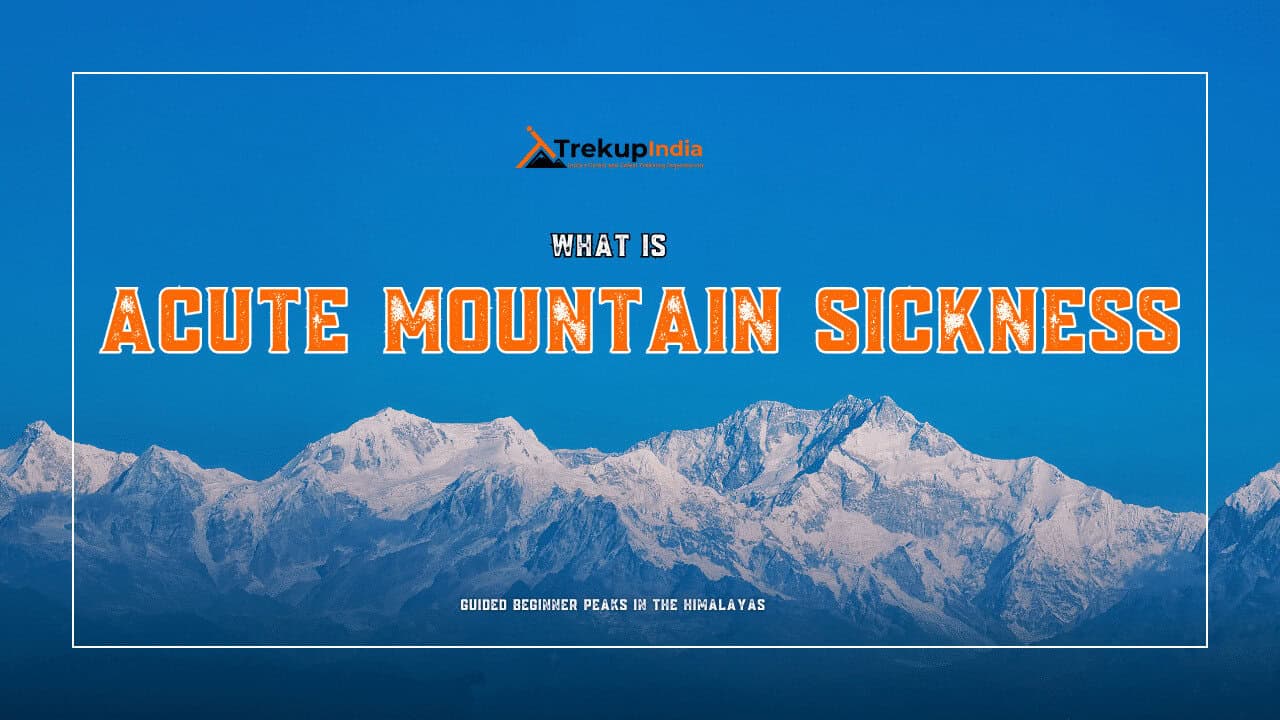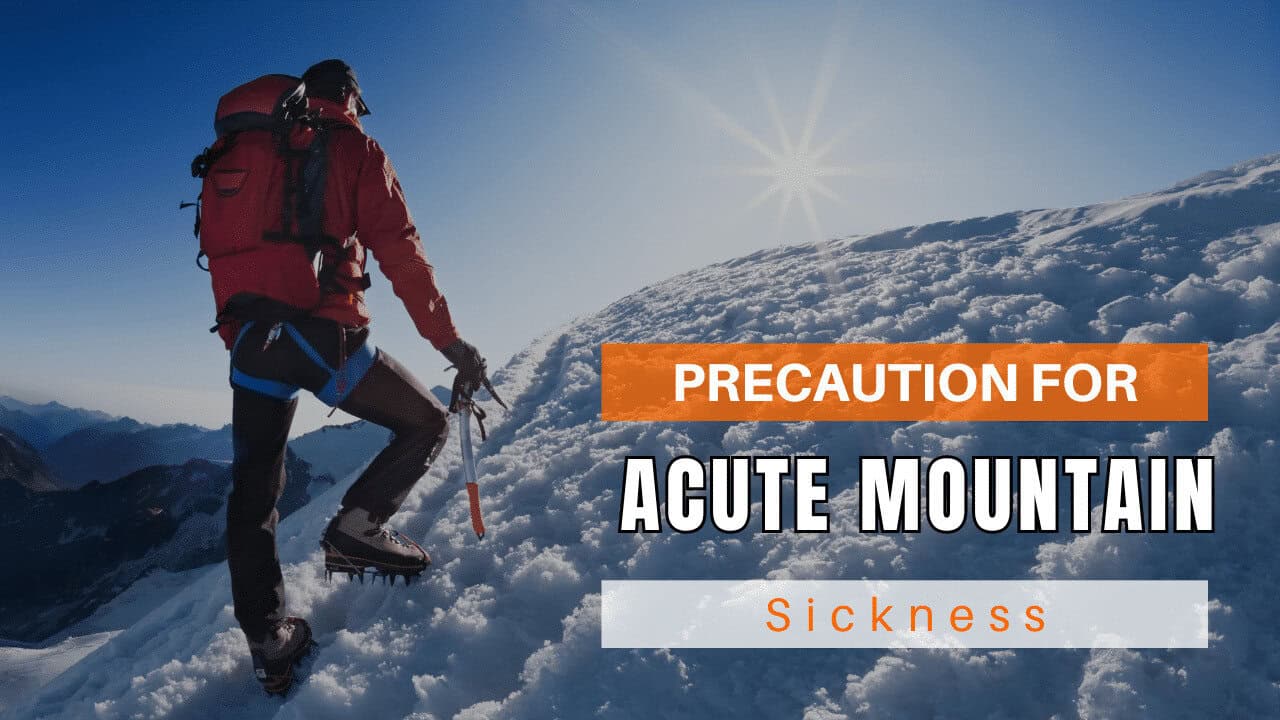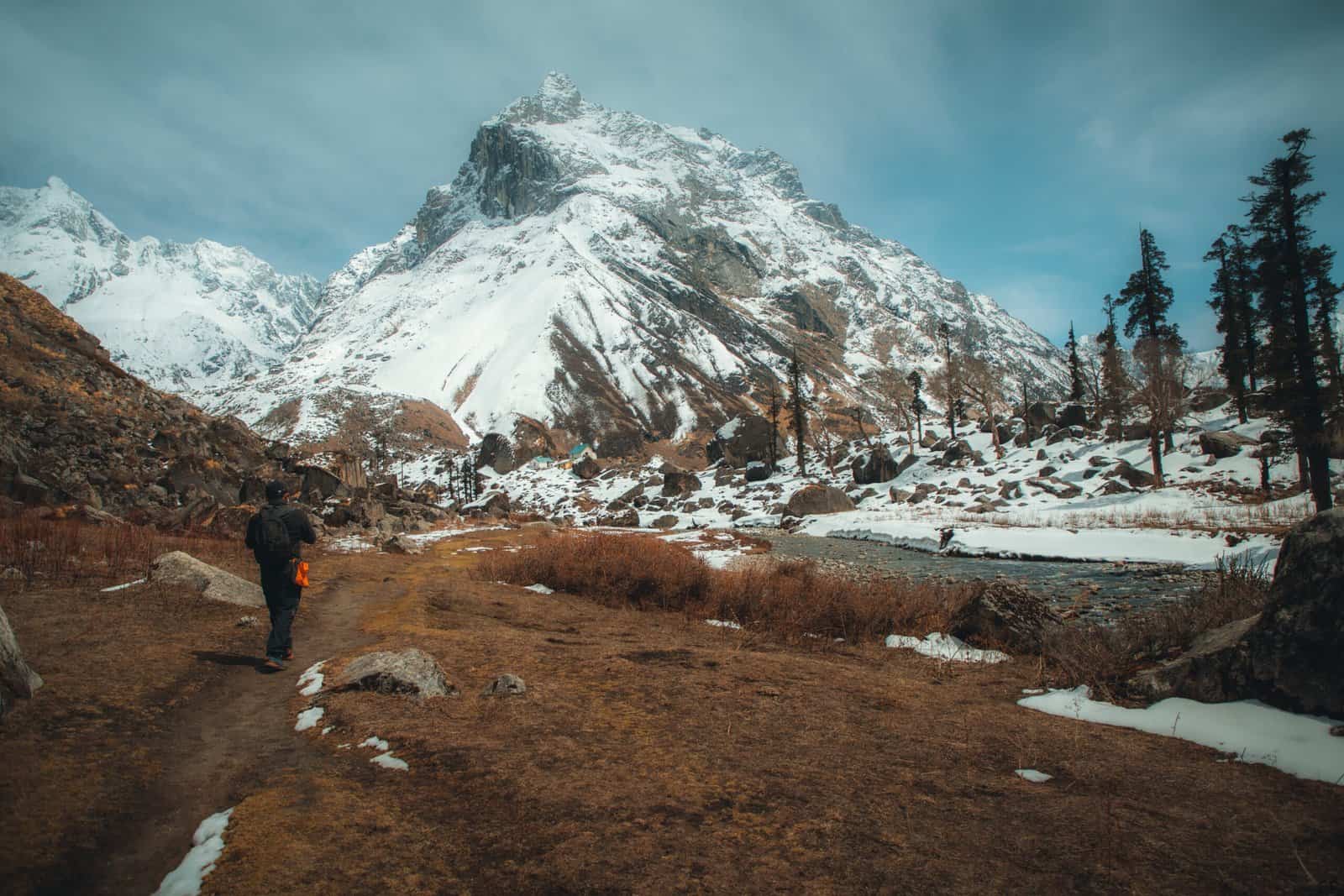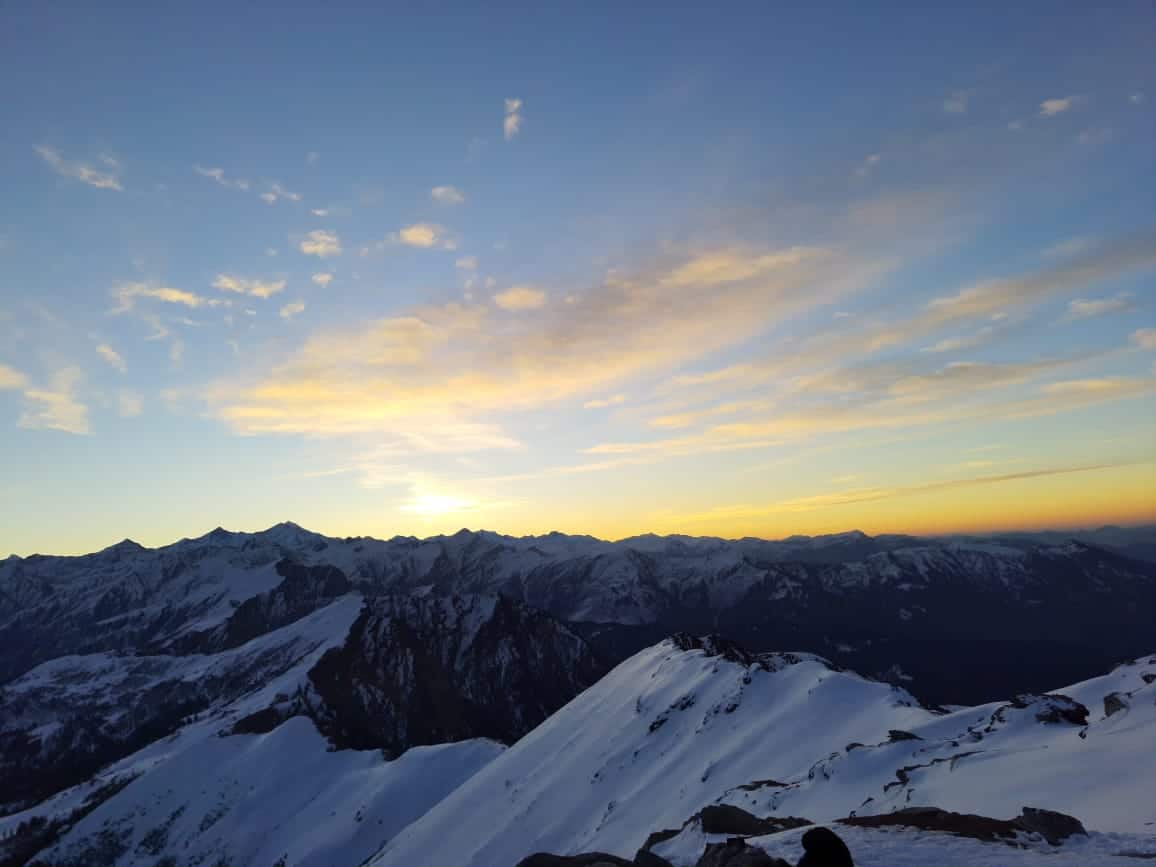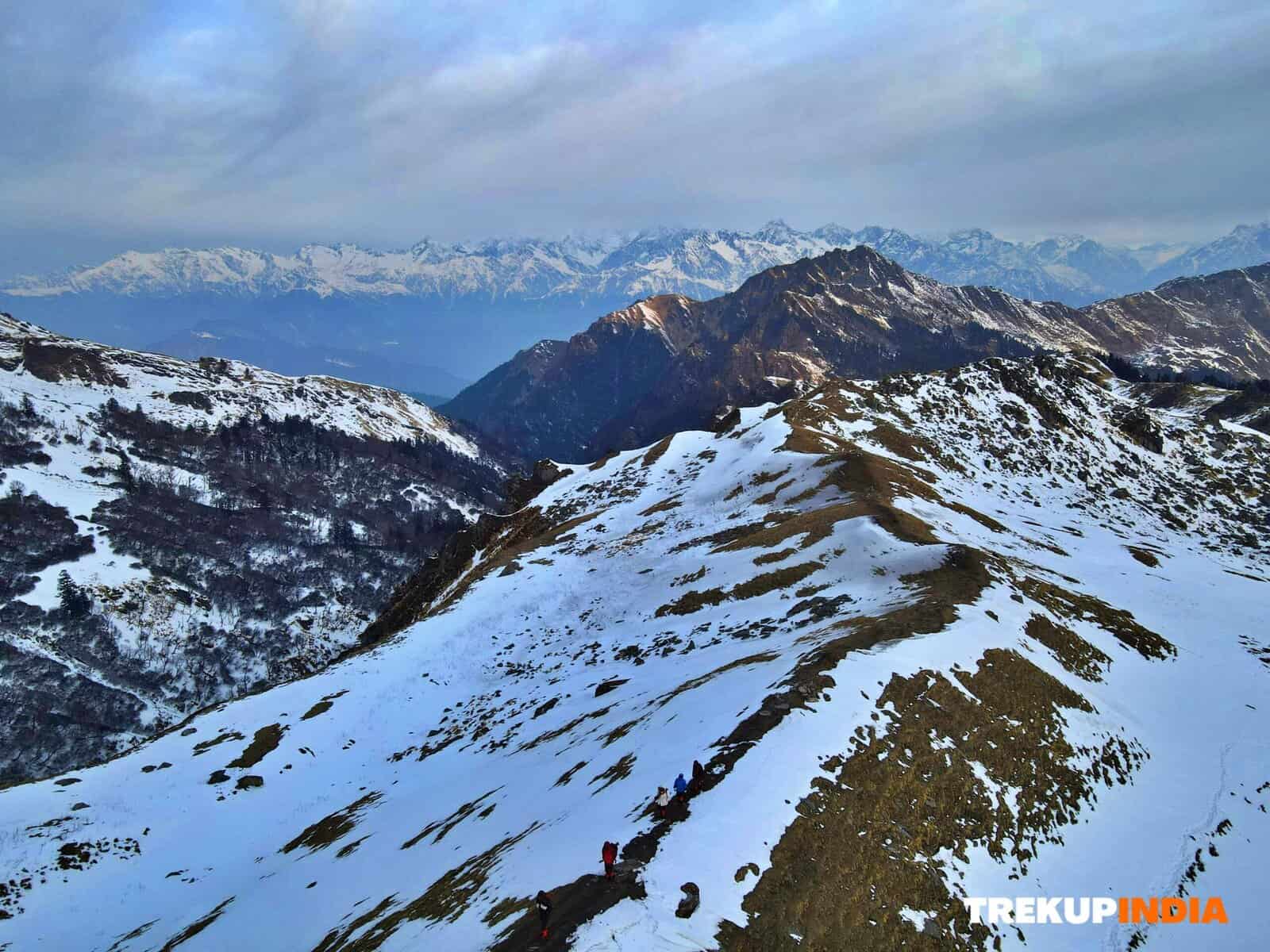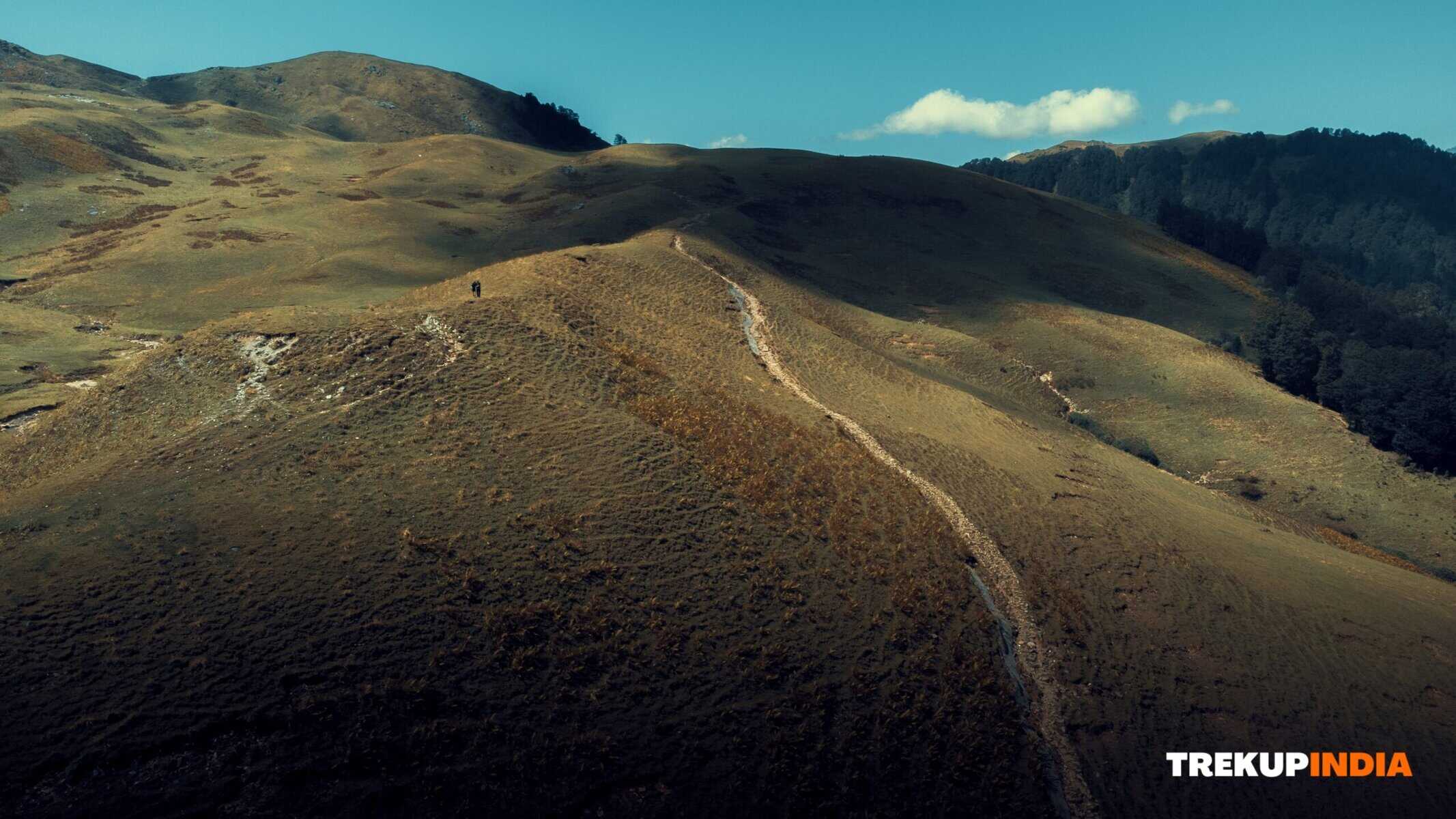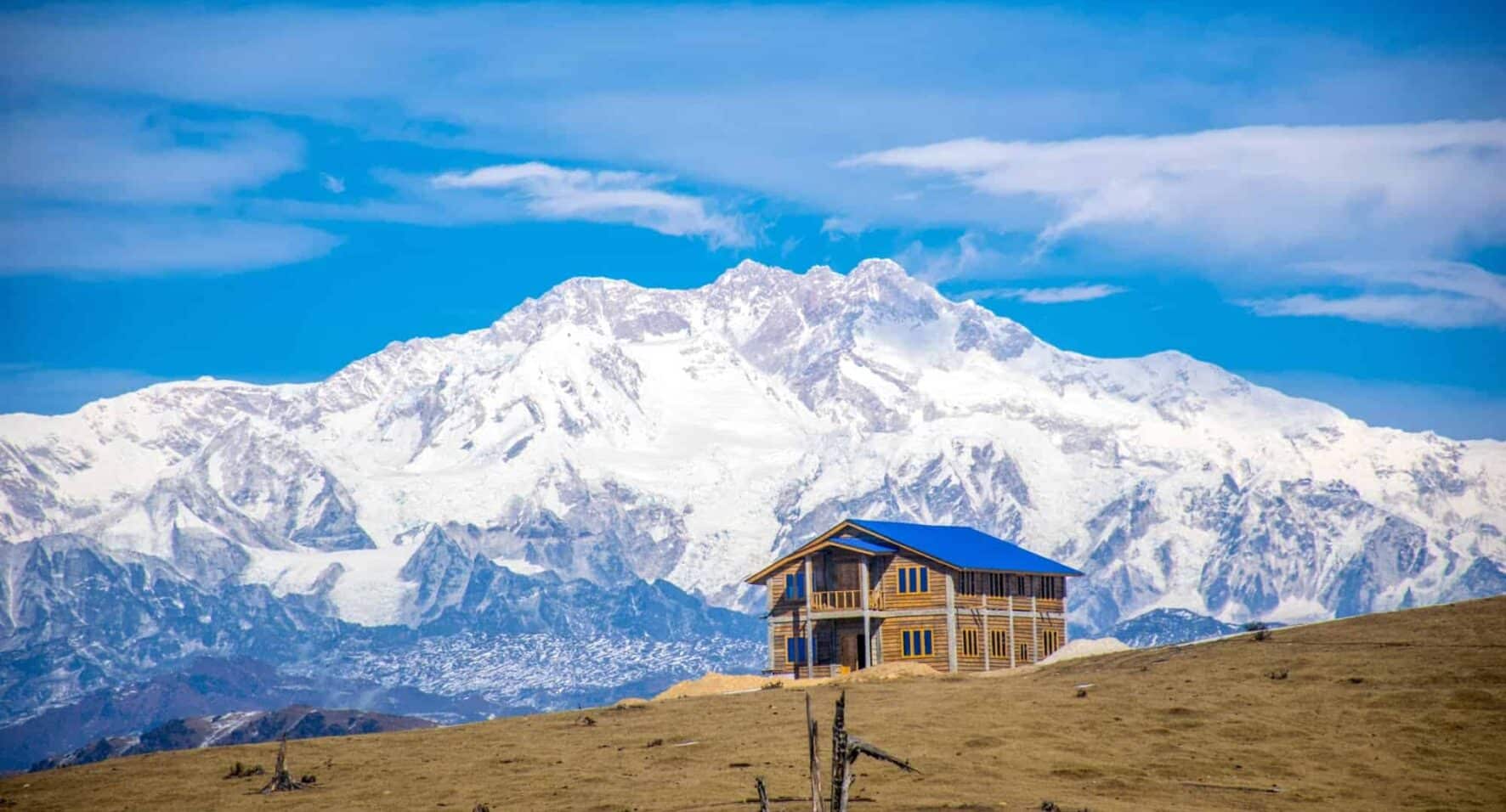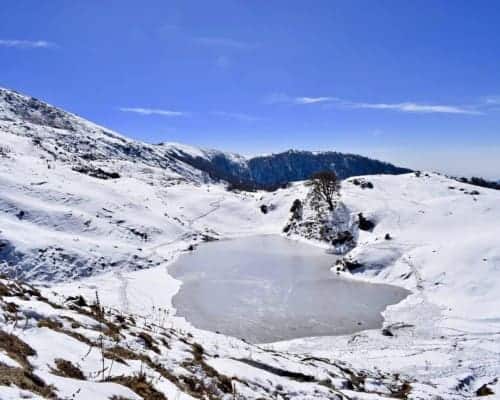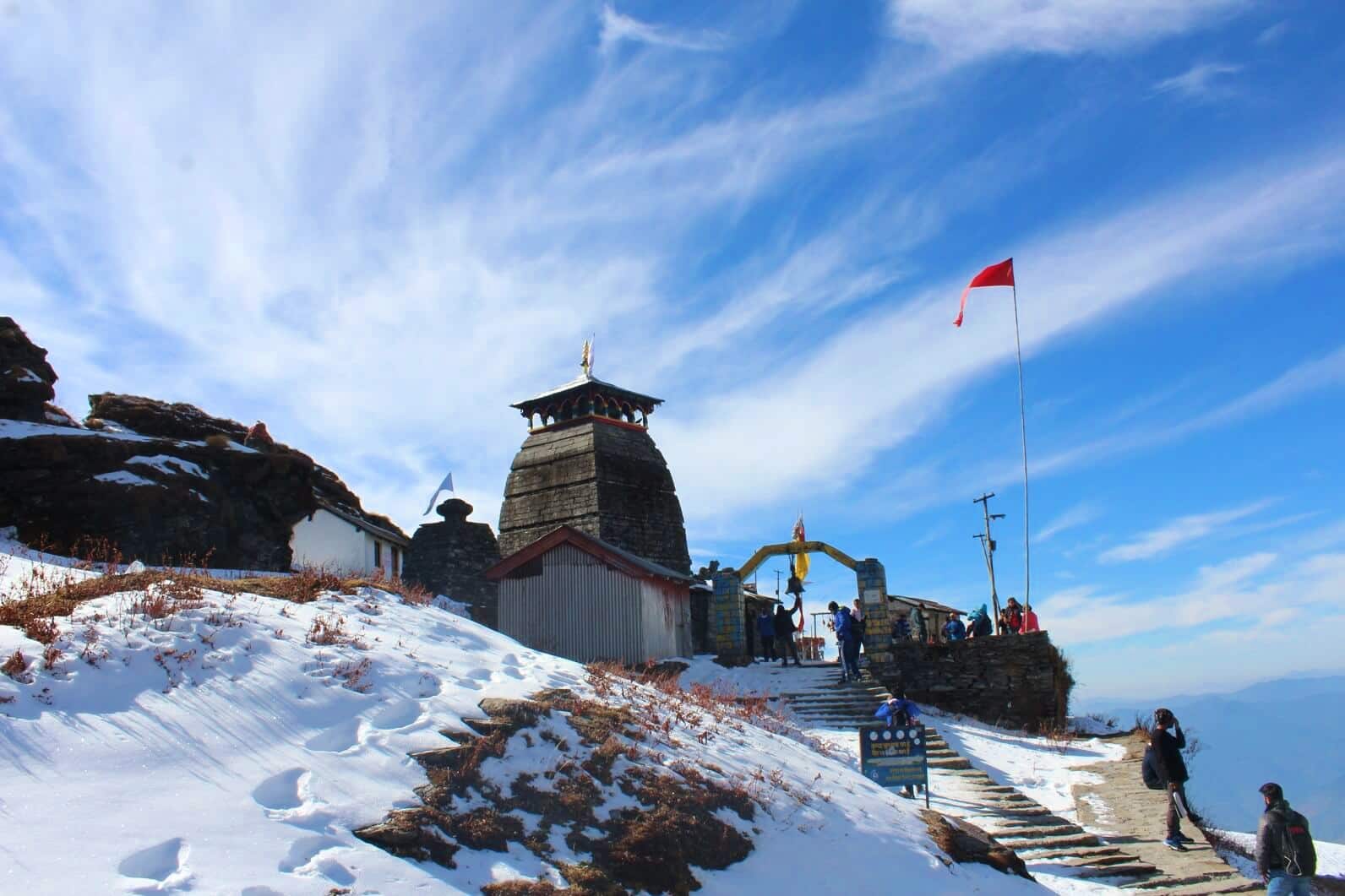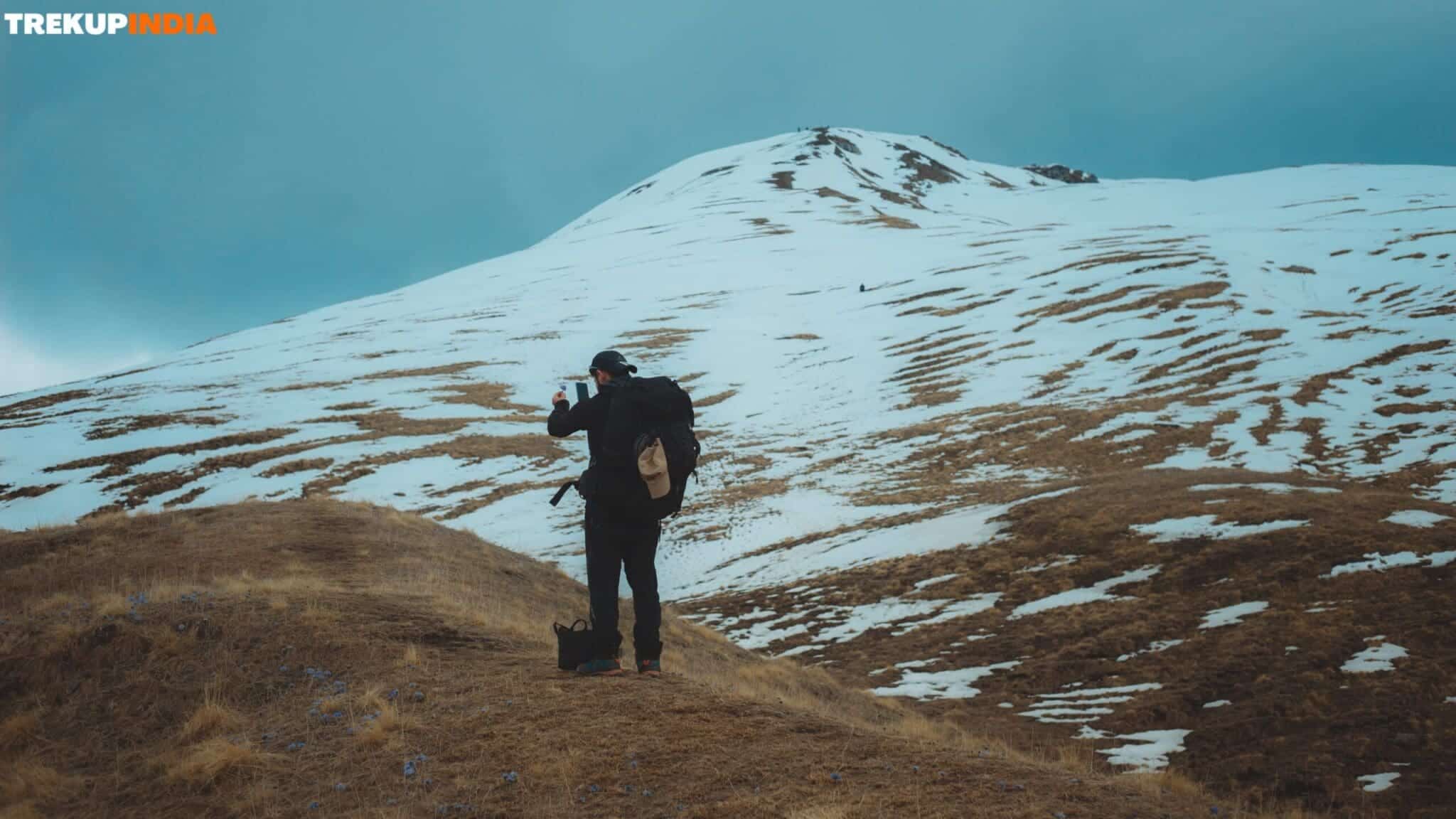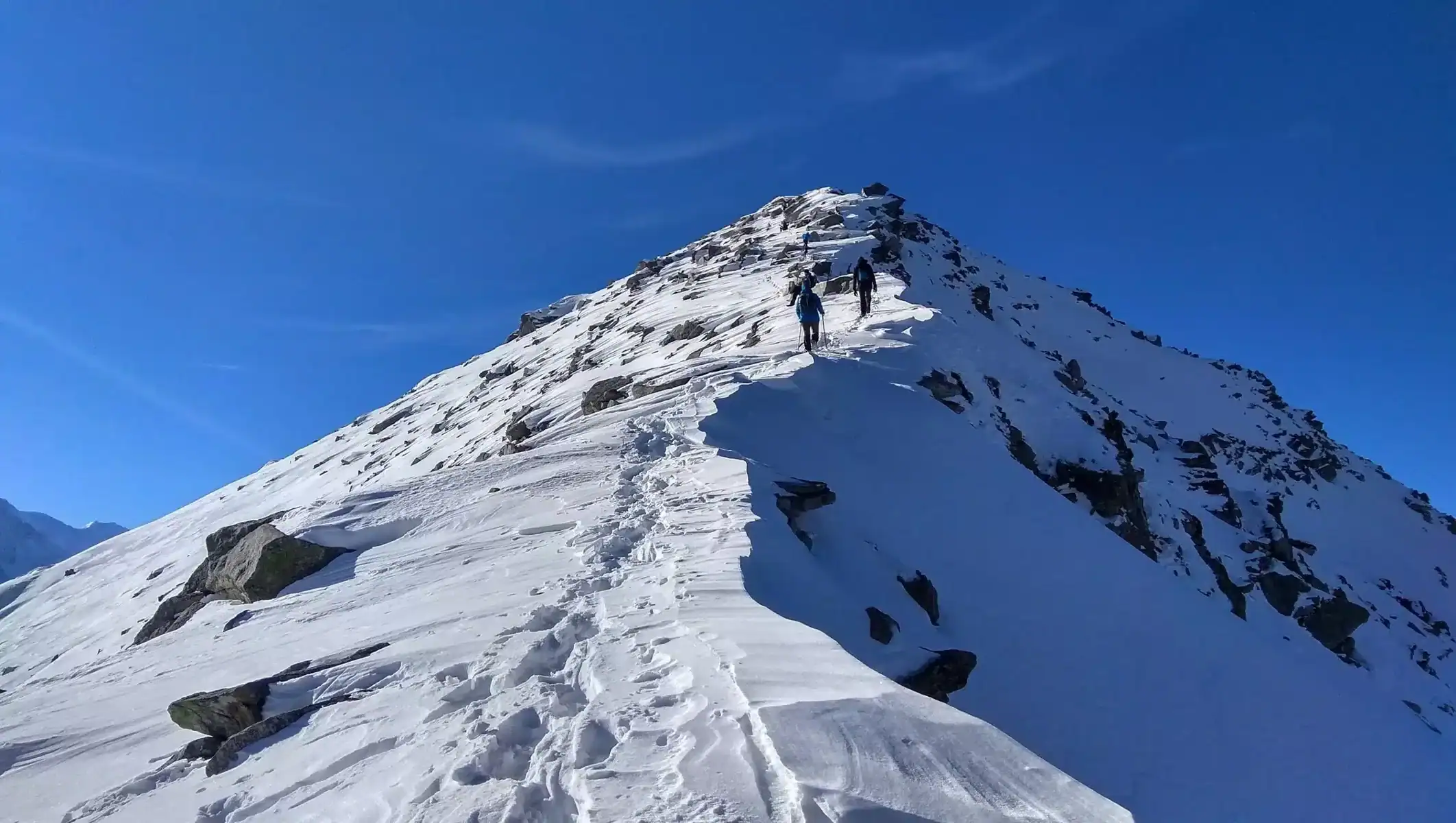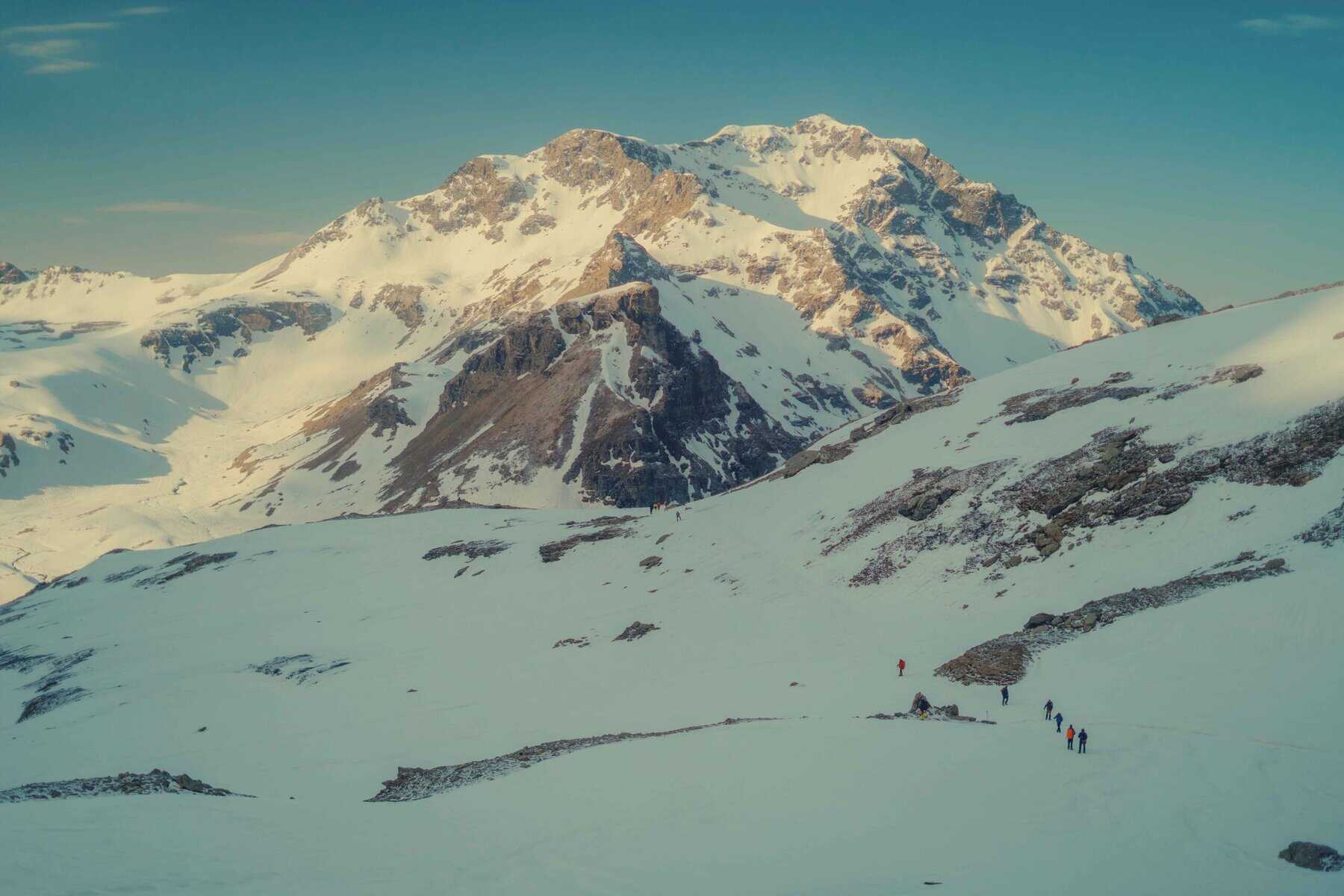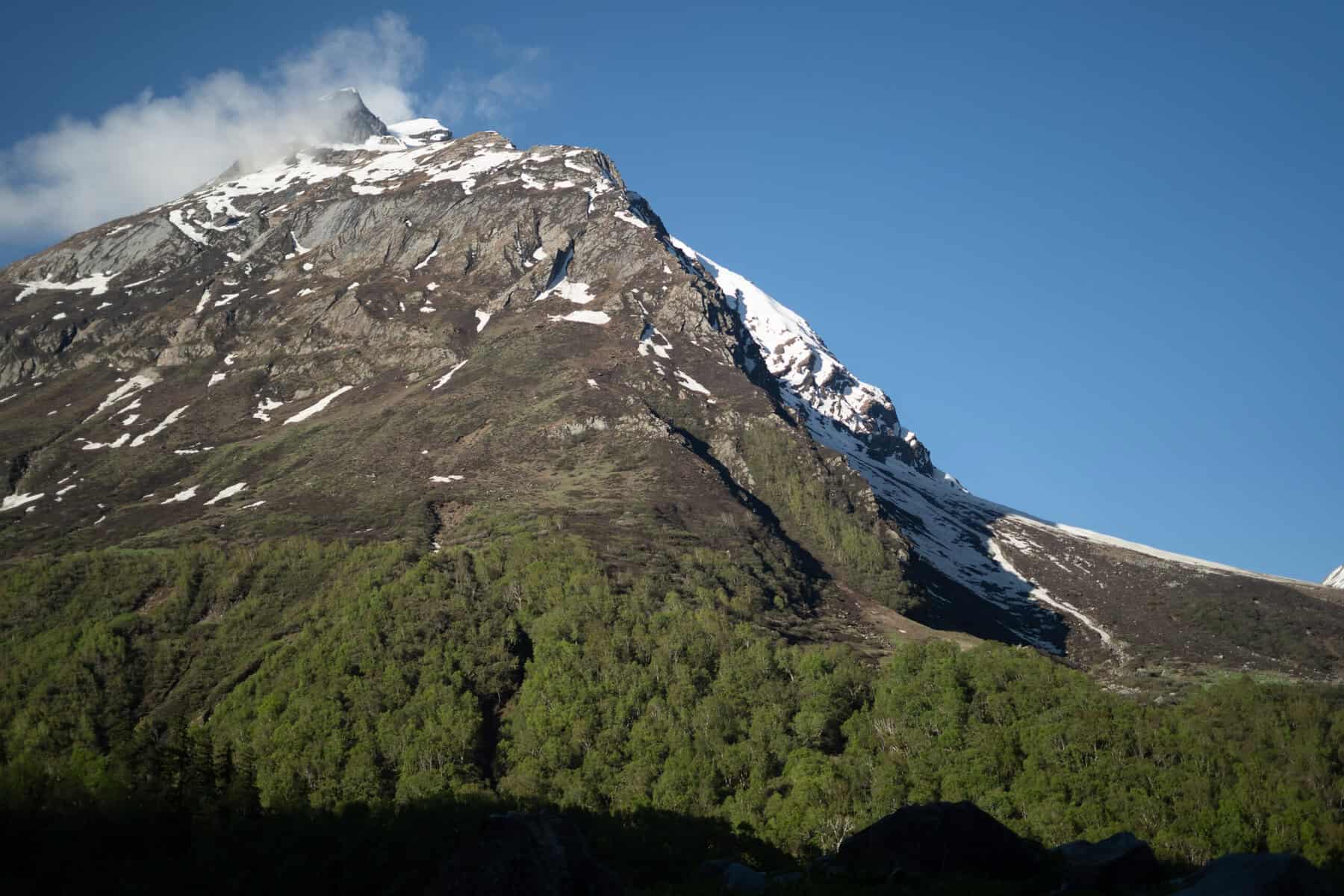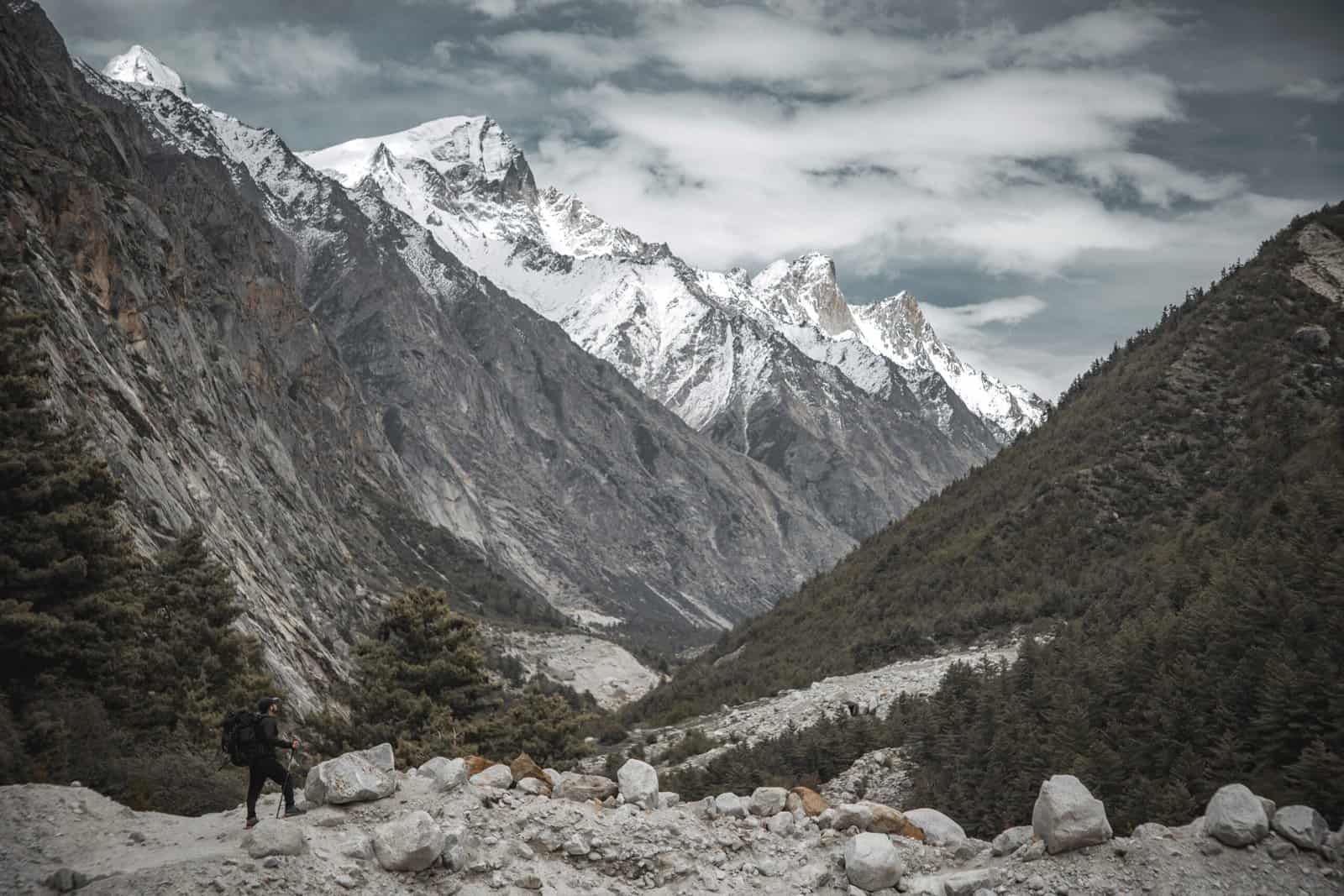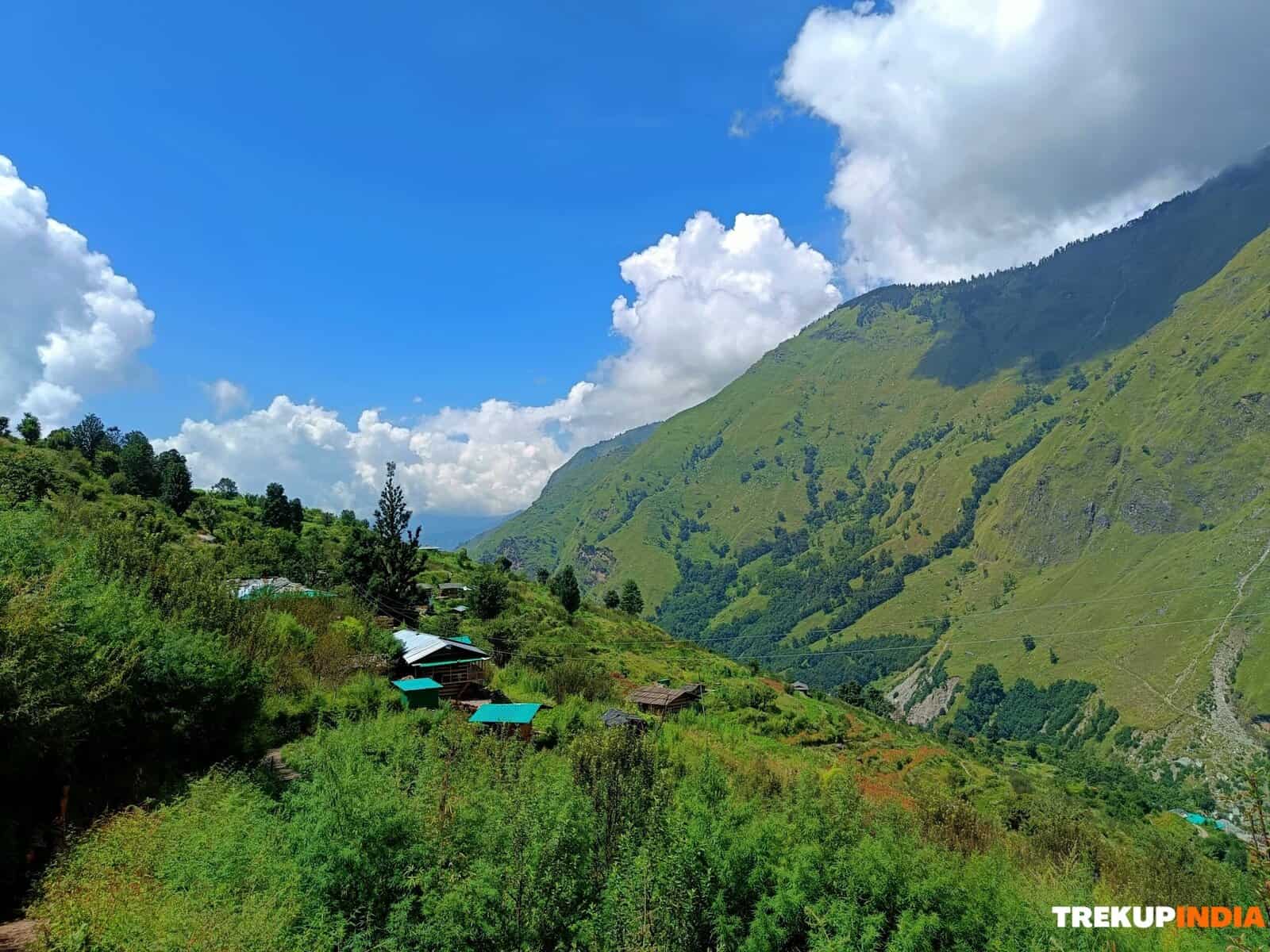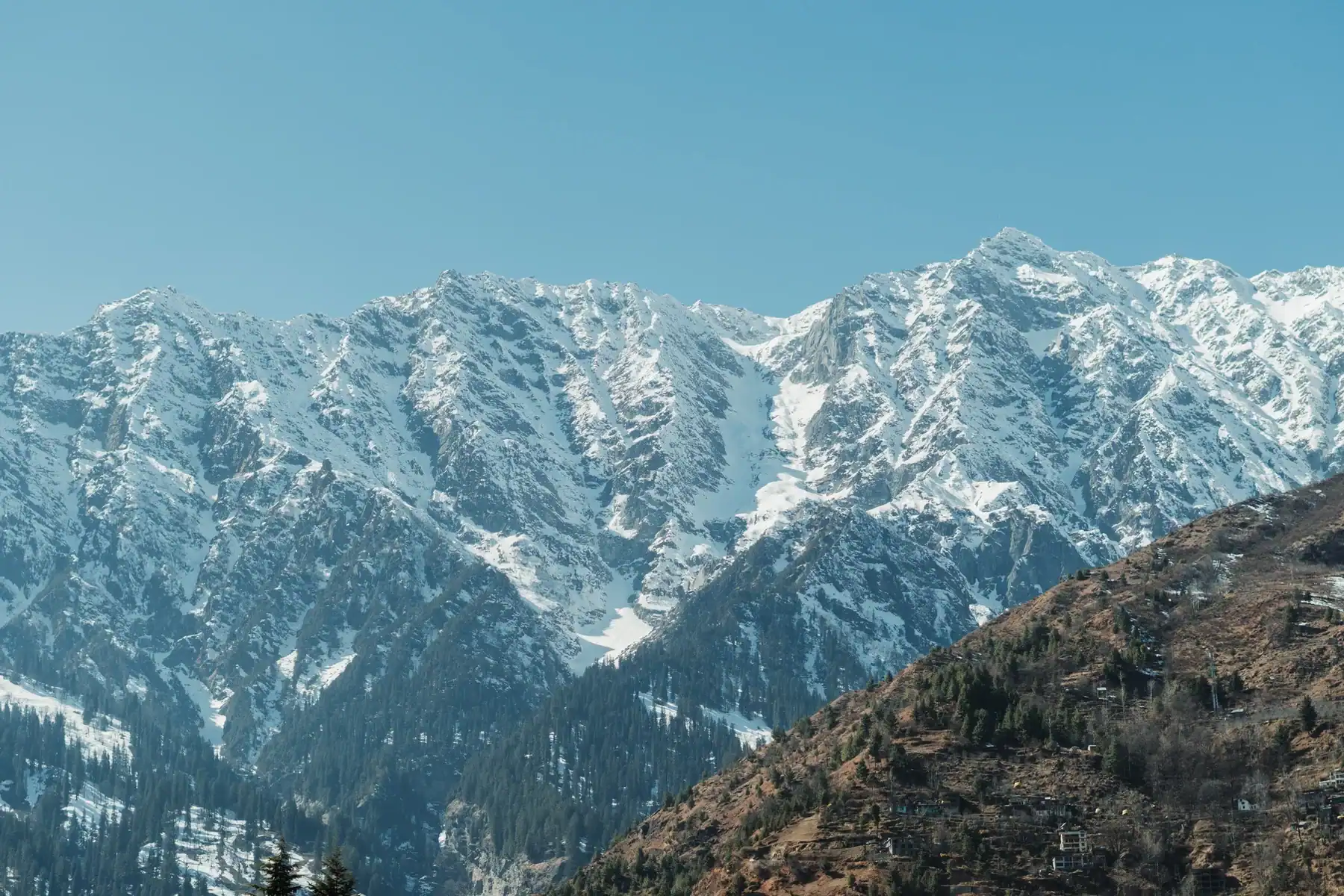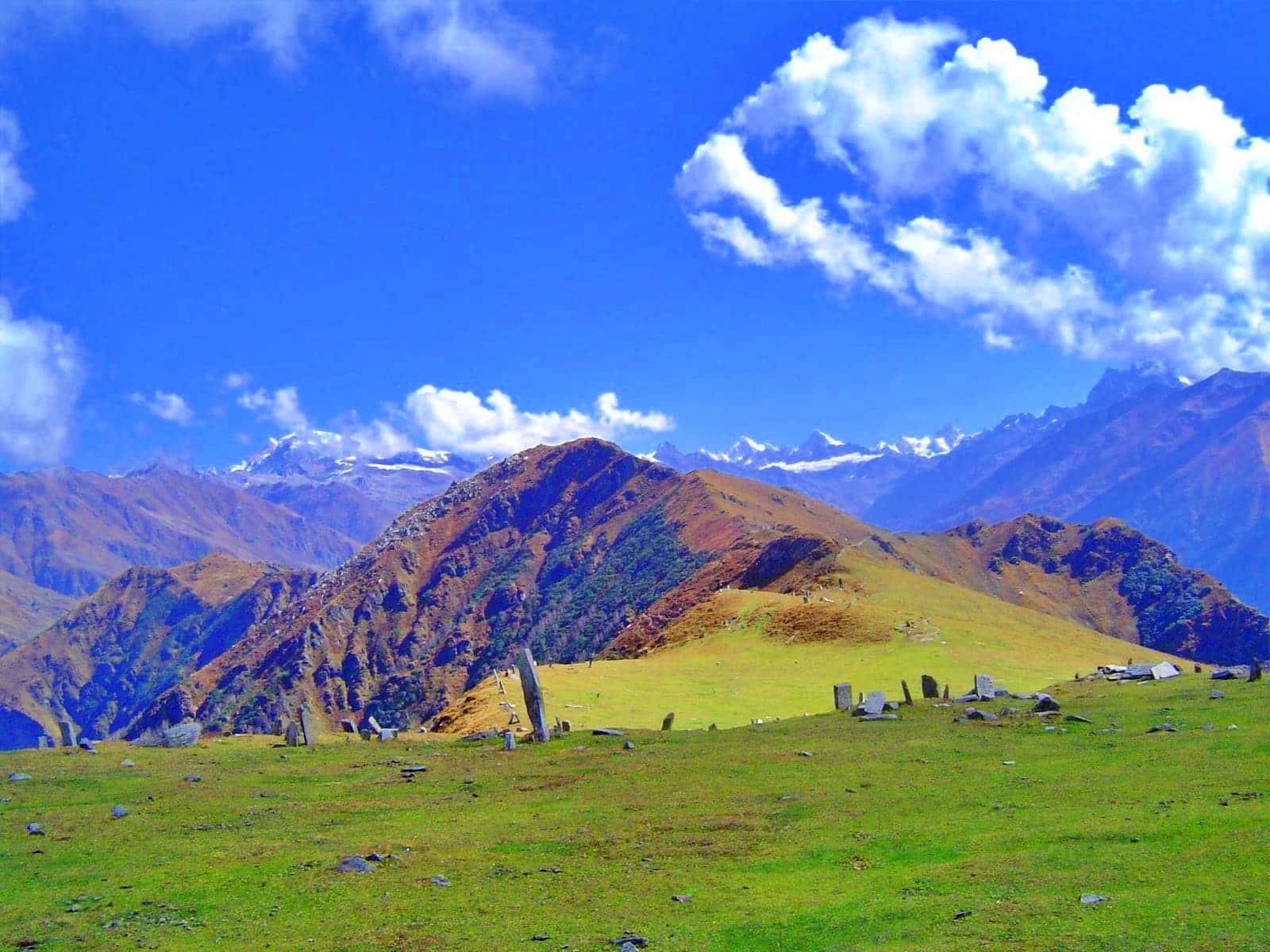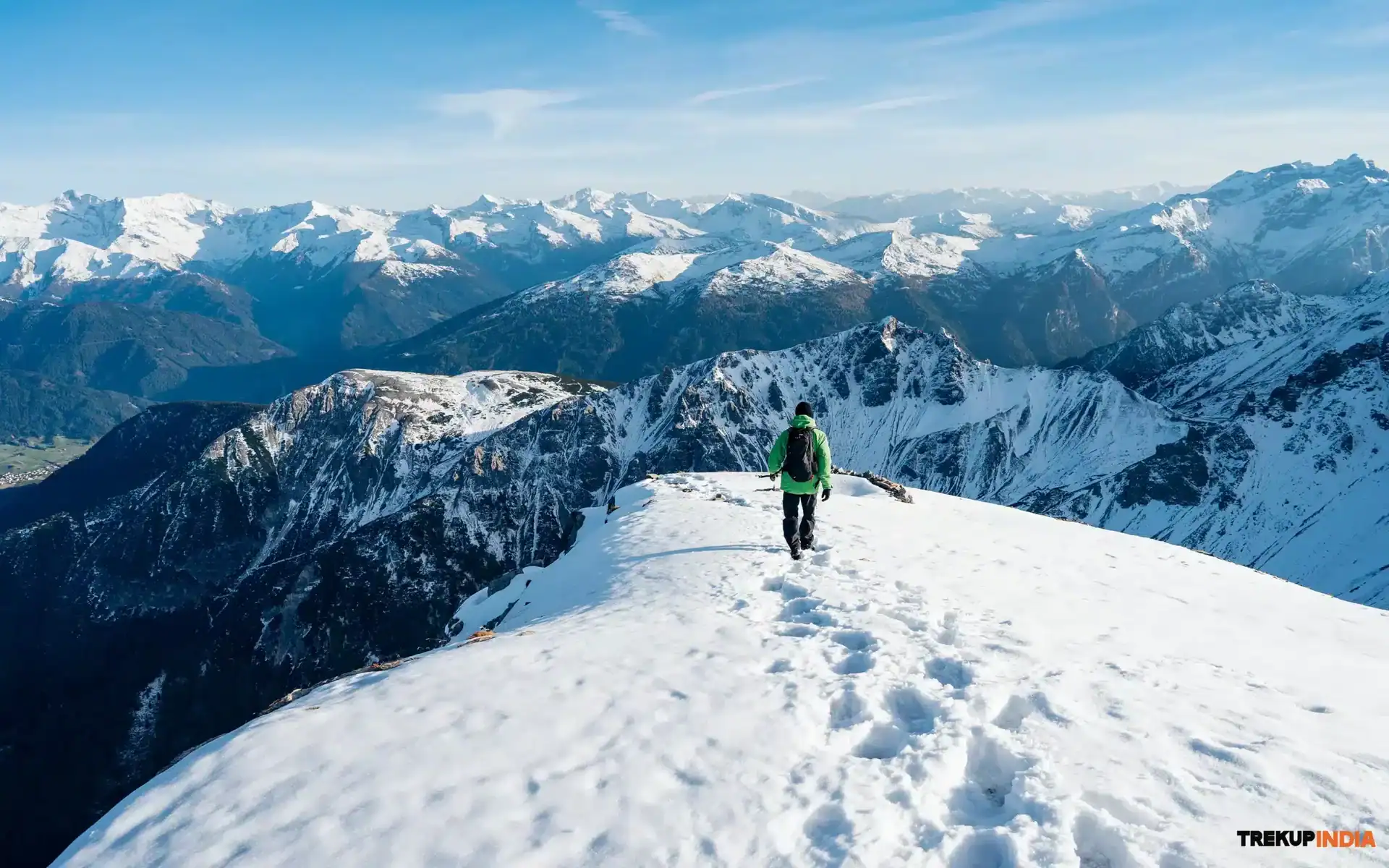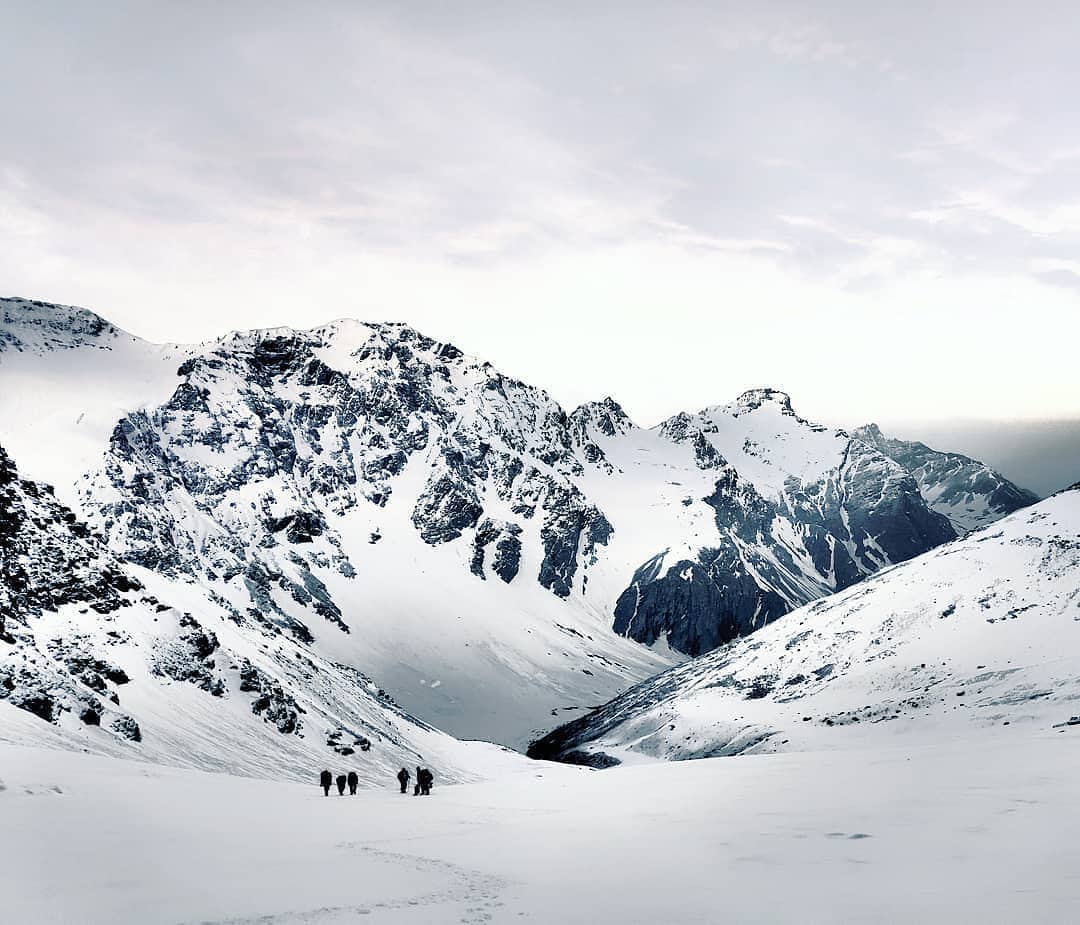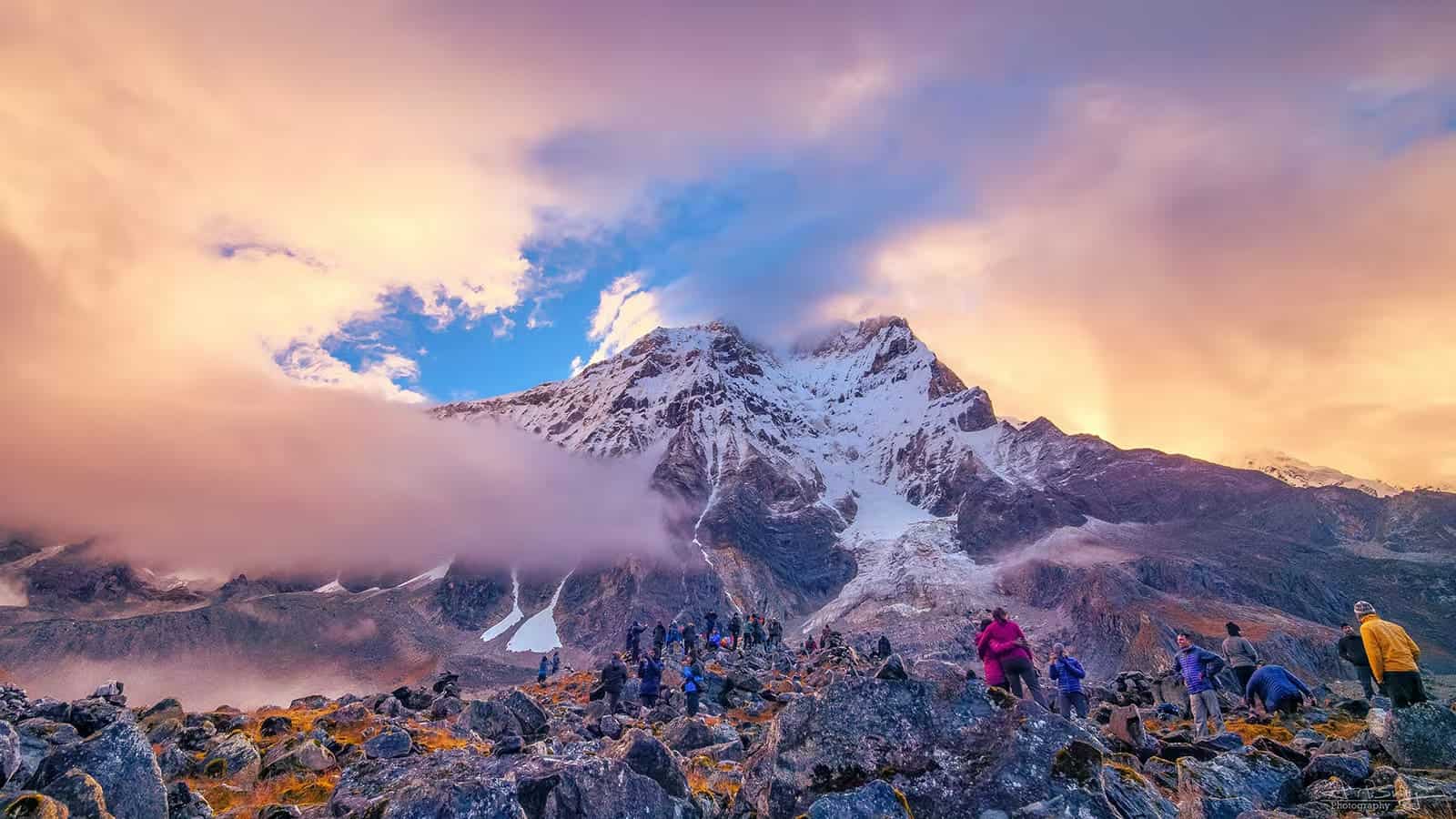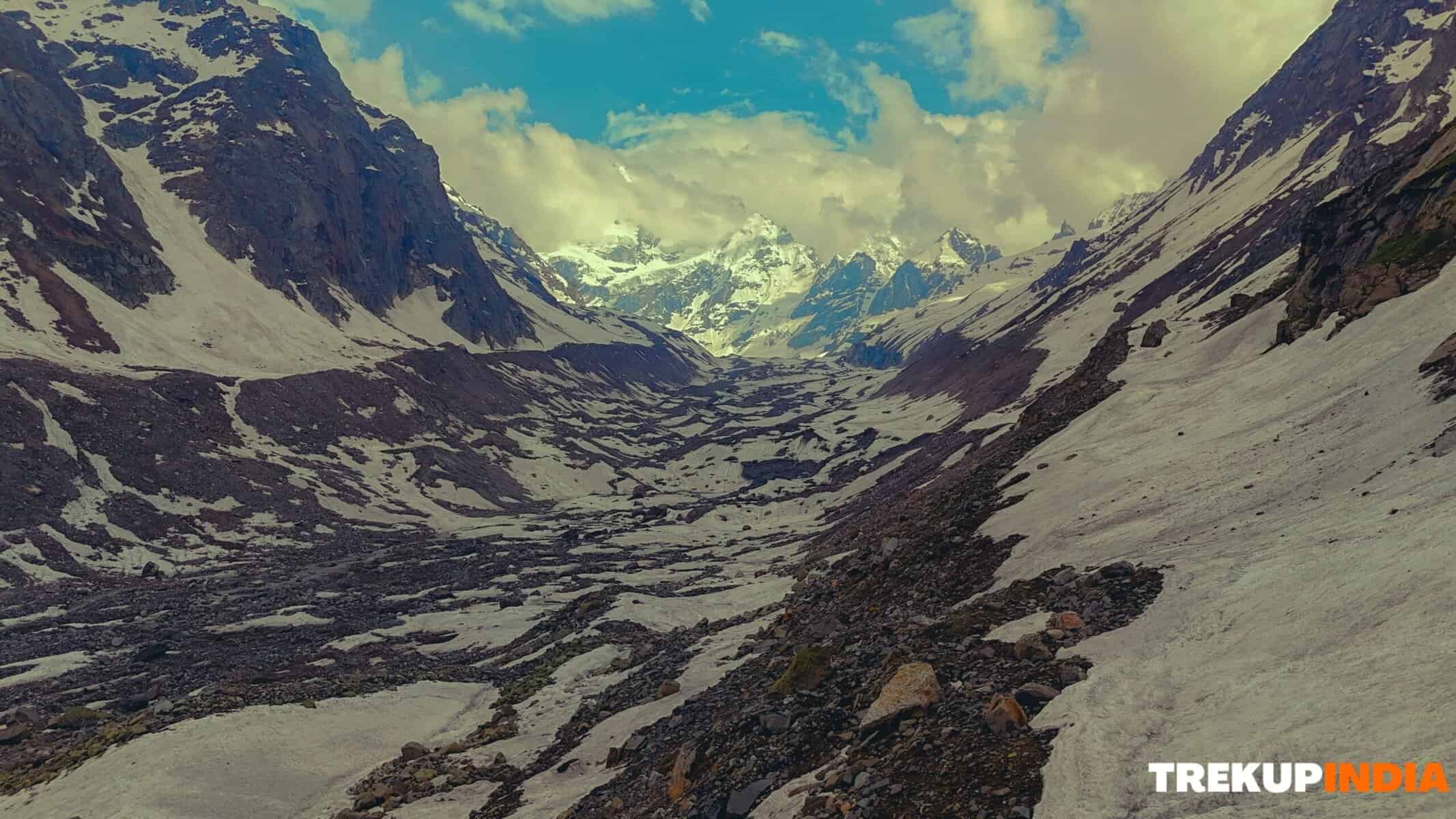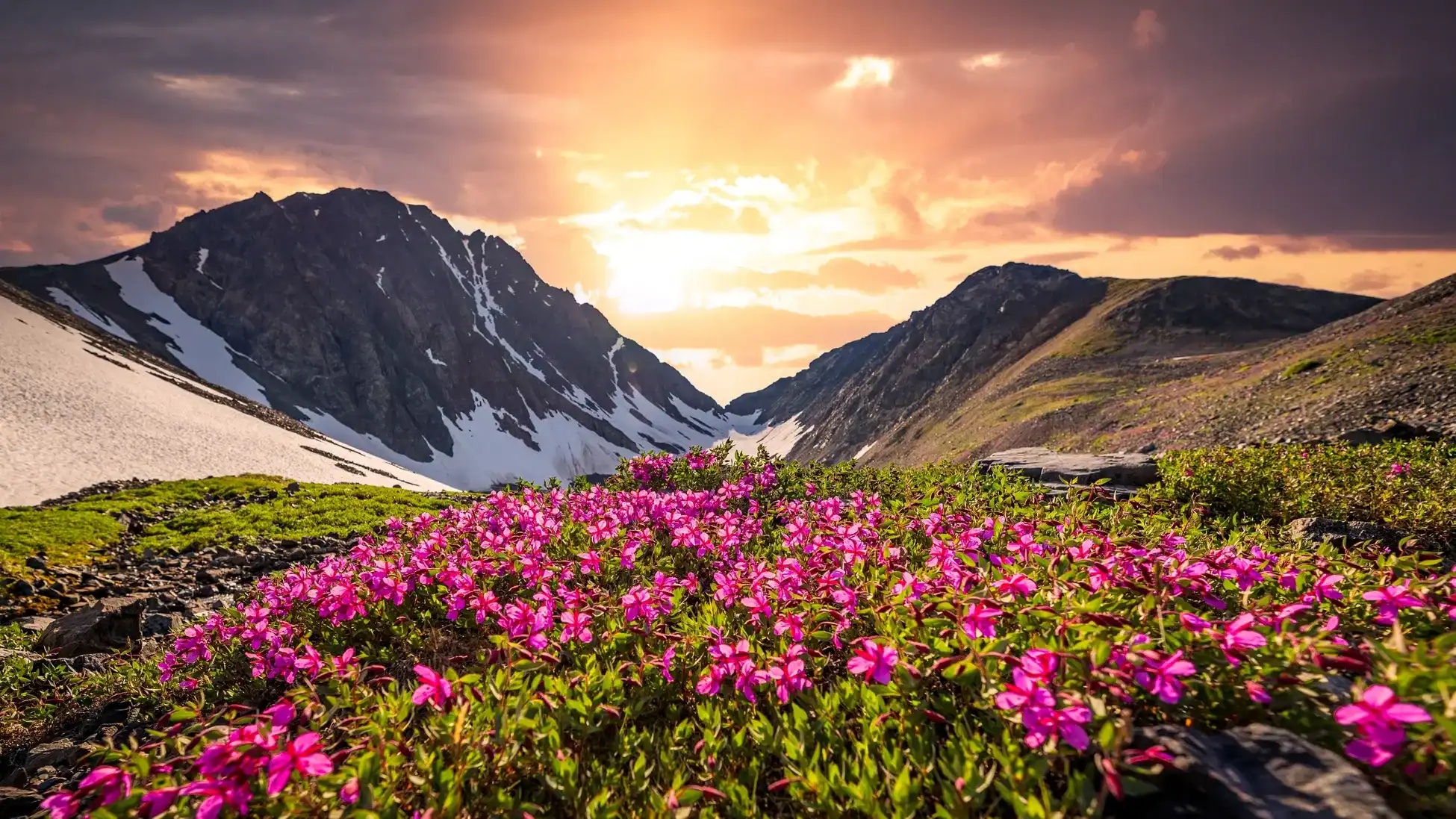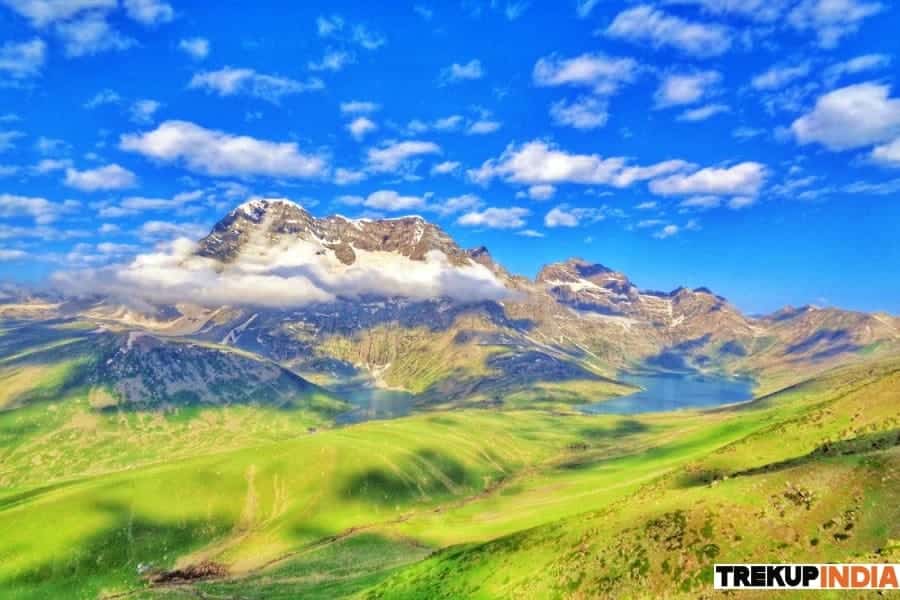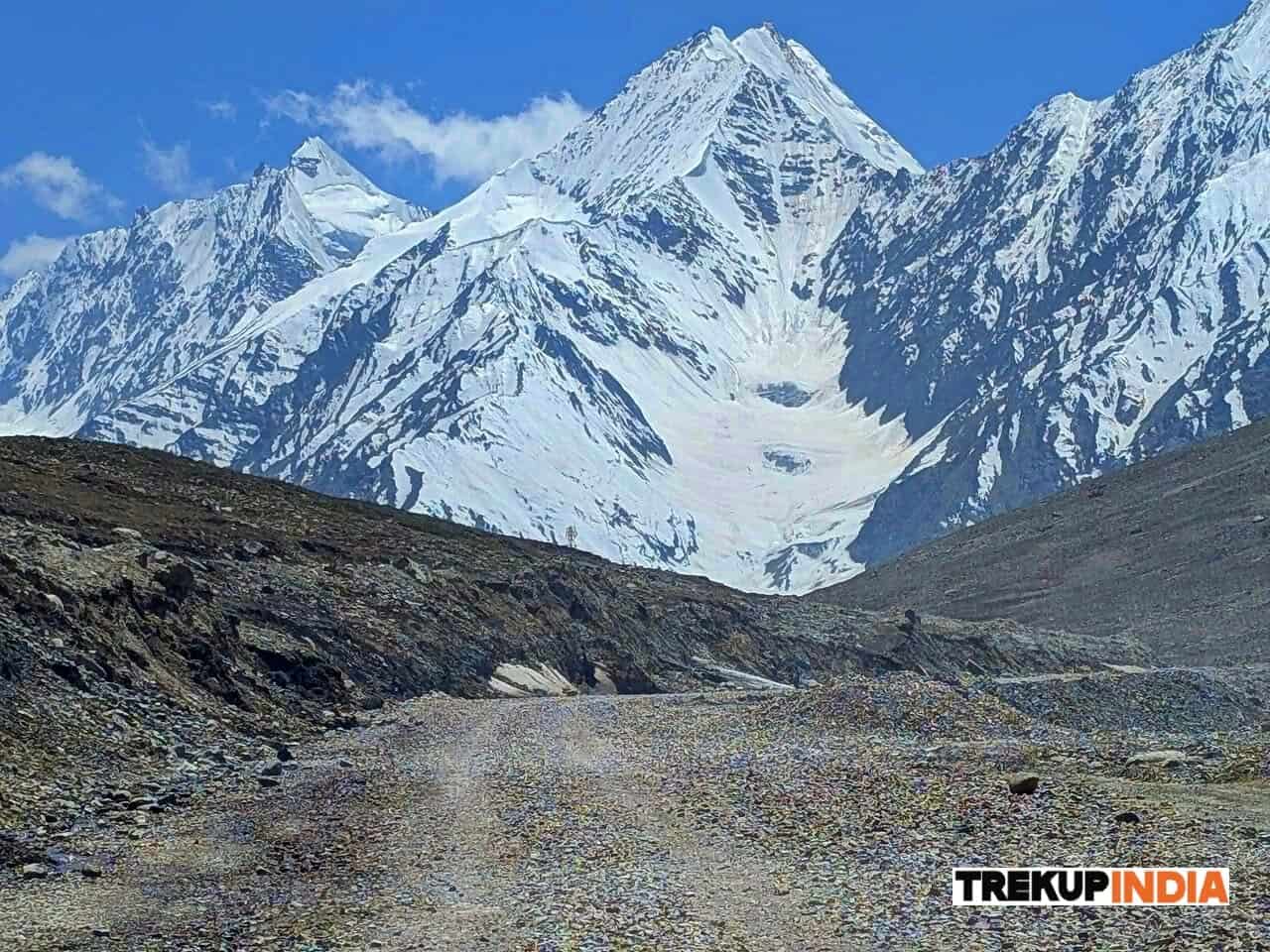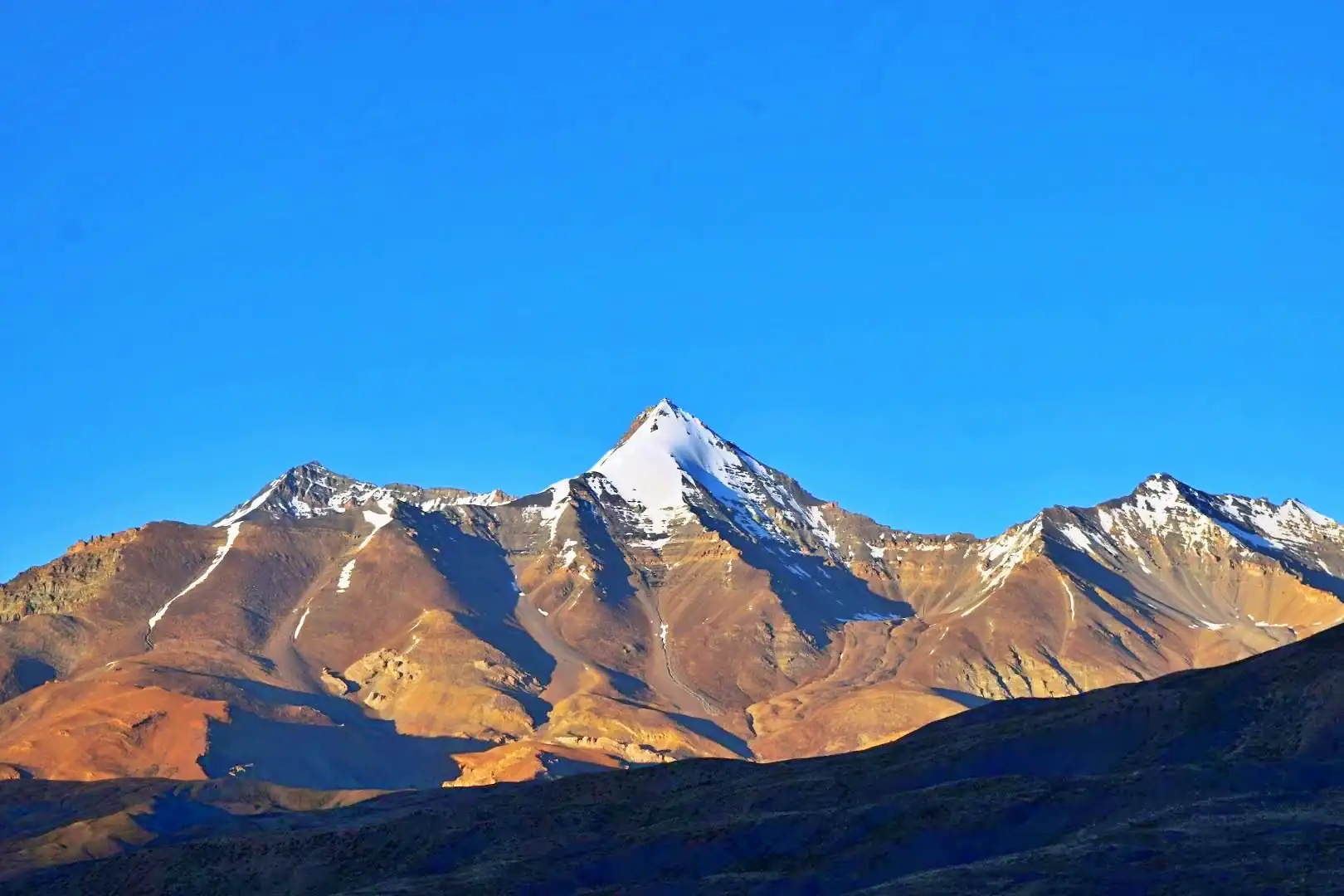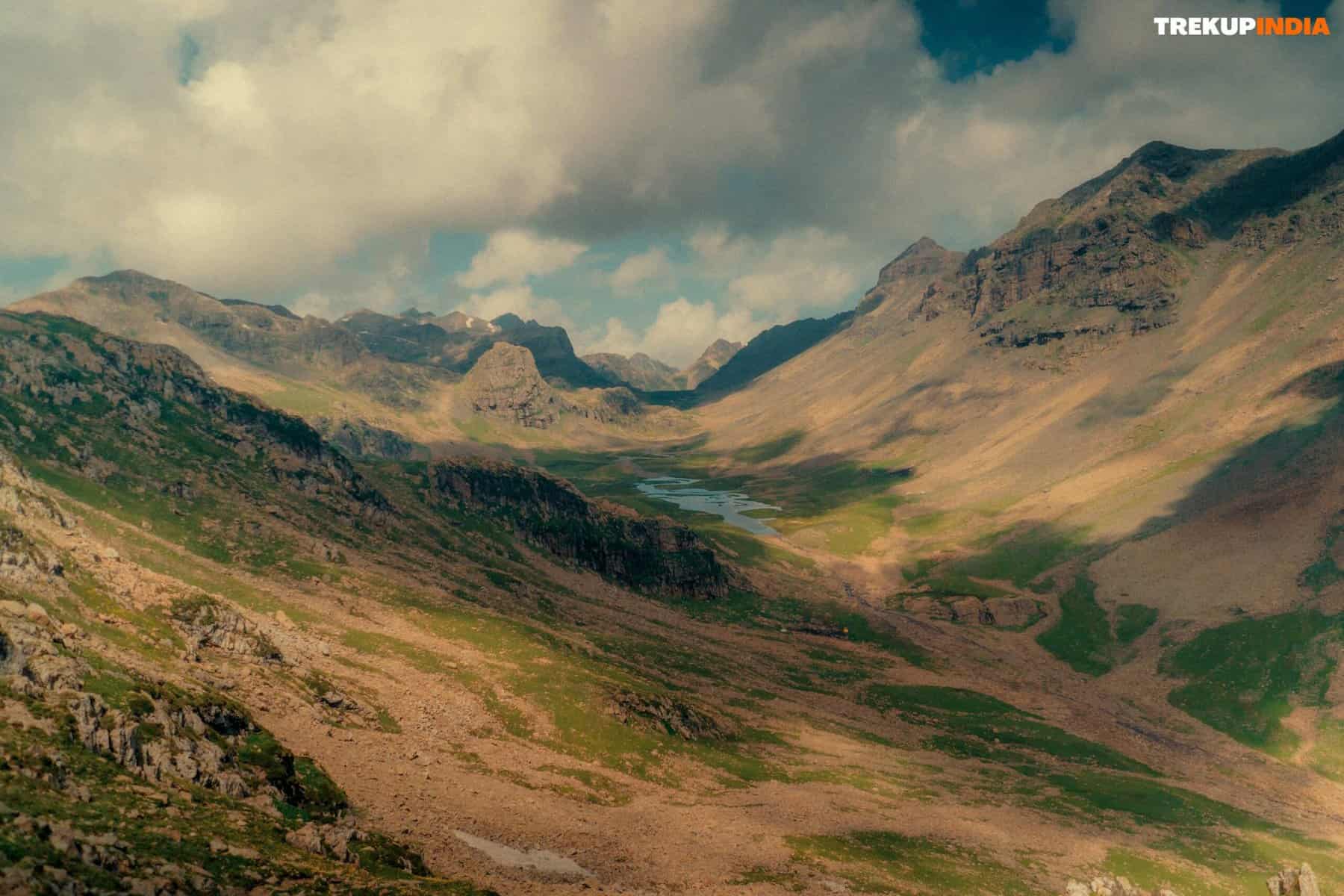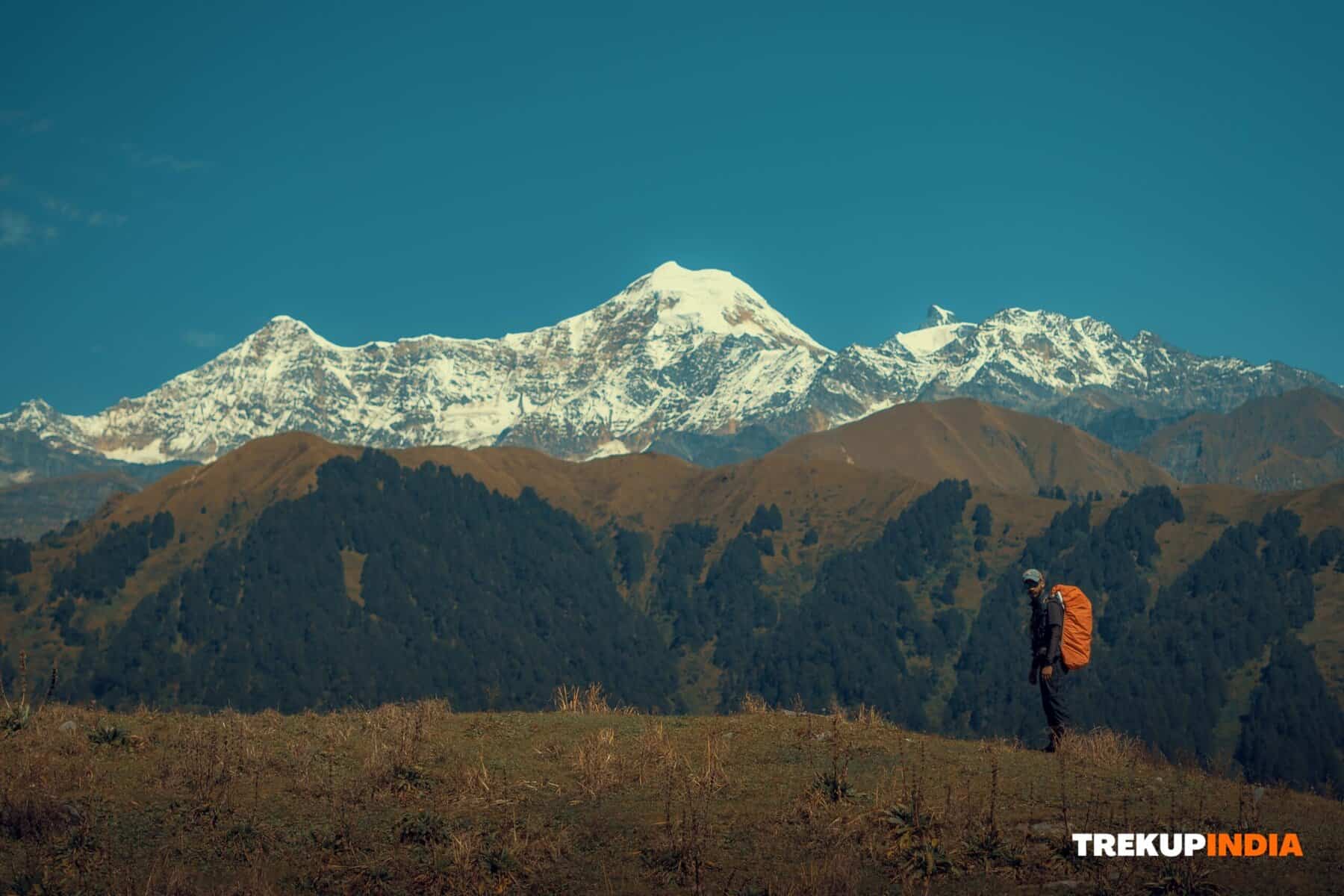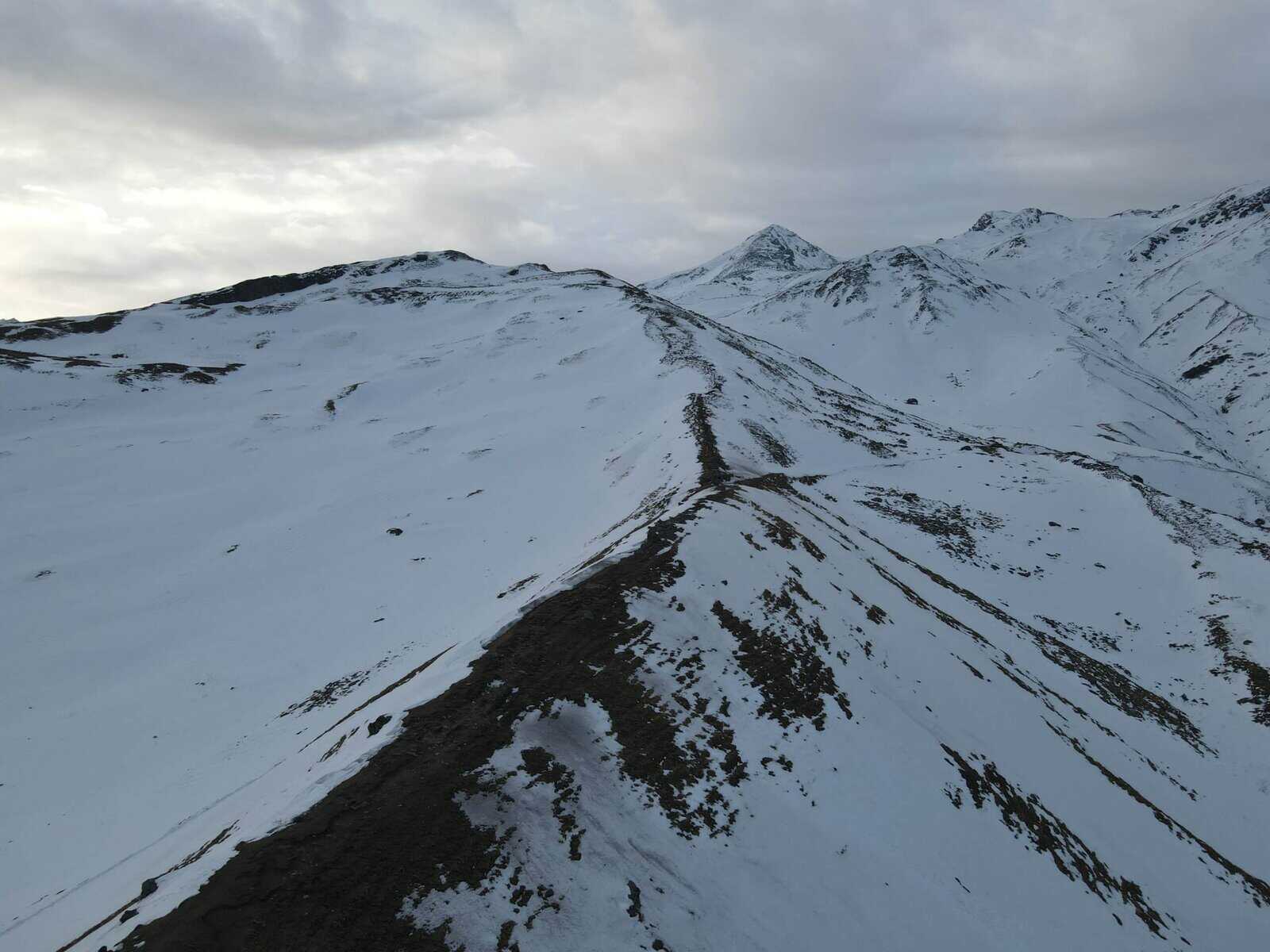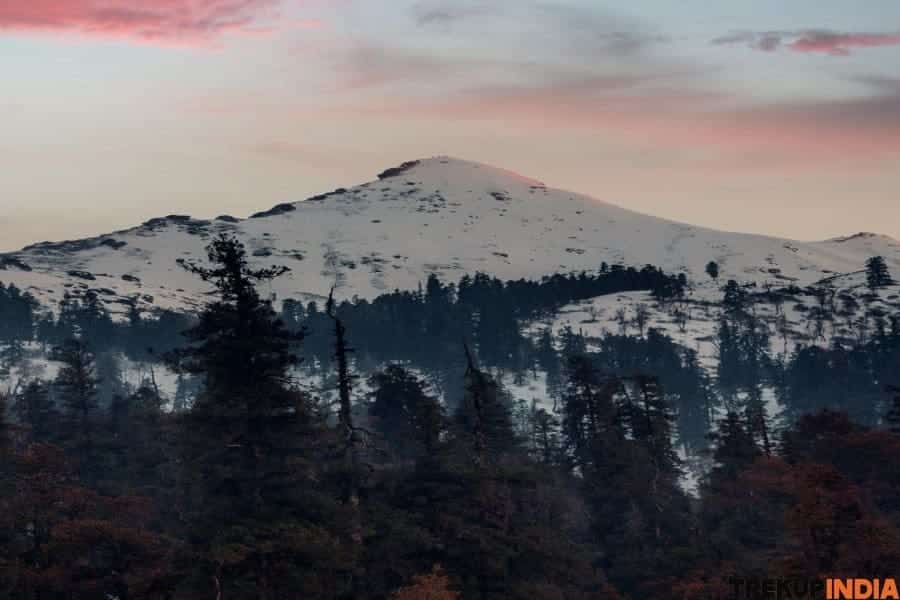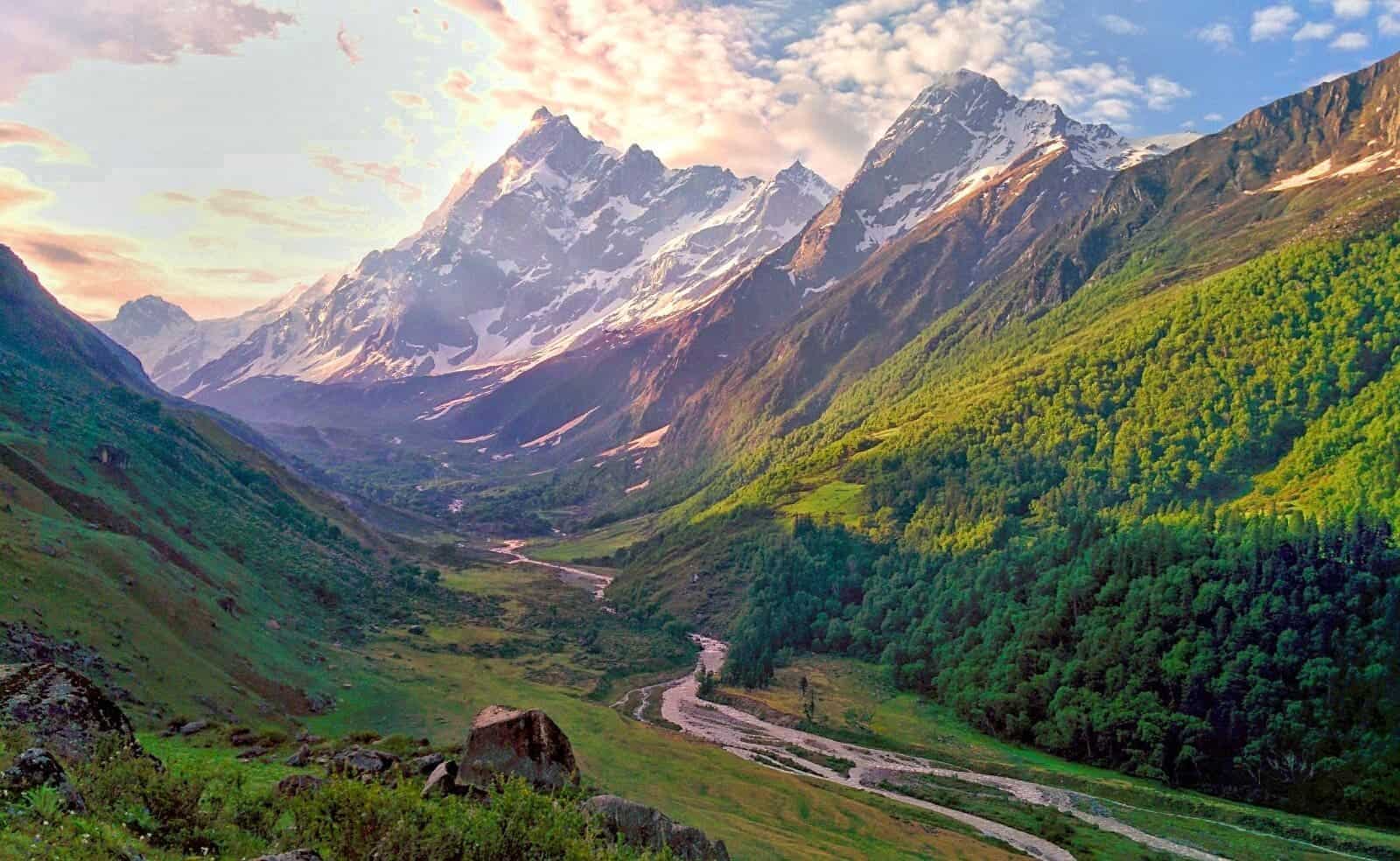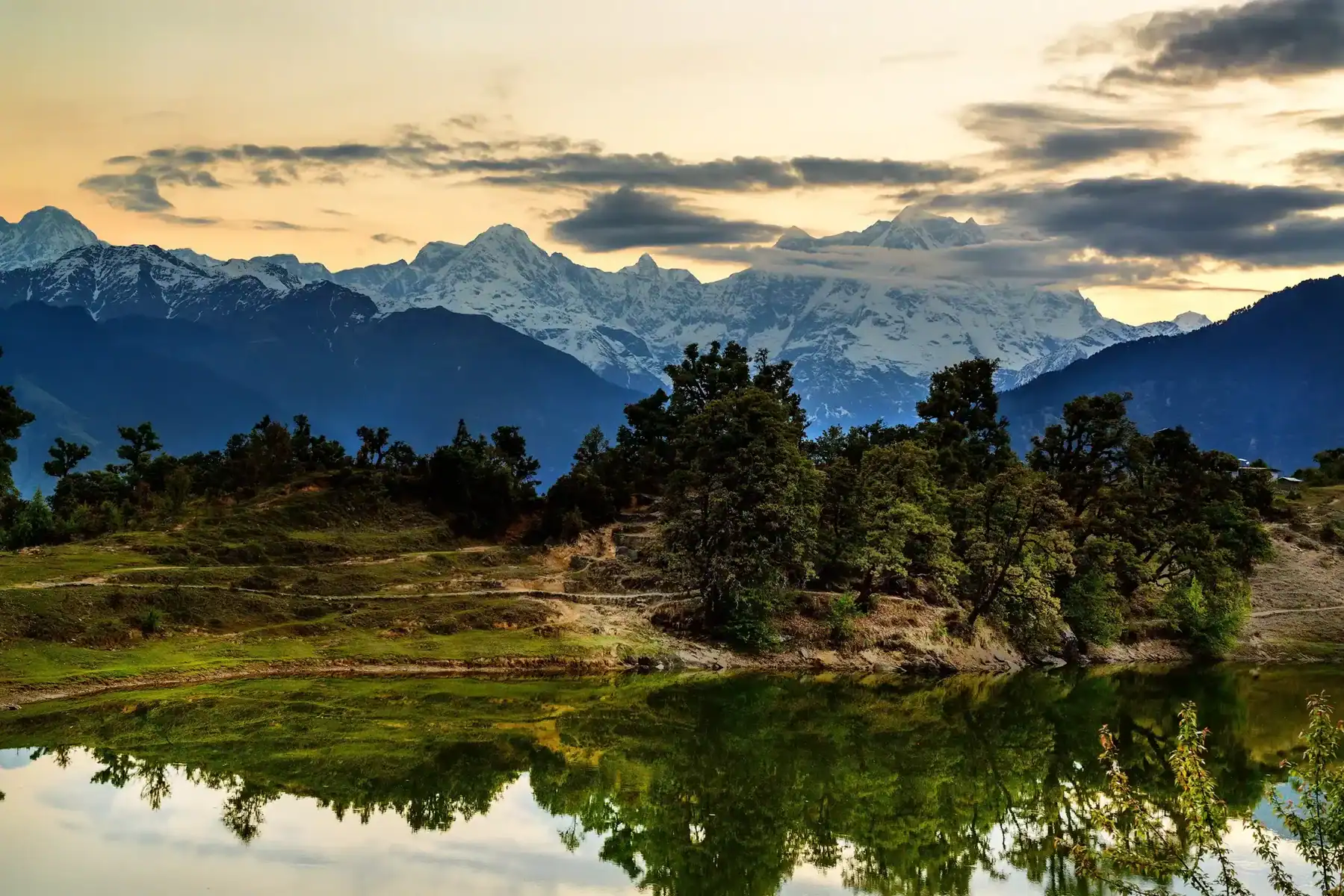Explore the Everest Base Camp Trek, Beyond the Summit.
Sagarmatha Mountain in Nepal, also referred to as Chomolungma by some, can sometimes be confused with Peak XV. At one time, few were aware of its presence. Today, however, the narrative has changed significantly, and now more people know of this extraordinary sight than ever. Everest is perhaps one of the world’s most iconic landmarks and an icon for Nepal, standing as one of its biggest sources of pride. Rising 29029 feet to meet the sky, Everest stands as a testament to a globalized world and reigns supreme as an iconic geographic feature. Mt. Everest stands taller than one of Dubai’s 10 Burj Khalifas and can never be reached from below, while being virtually inaccessible from below. Mother Nature took millions of years to form it into this magnificent rocky marvel that we see today; nevertheless, its expansion continues steadily, just millimetres here or there every year.
The Everest Region, not just the summit, is an astonishing achievement of nature – its entire vicinity is stunning! On the mountain massif that houses it are two mountains called Nuptse and Changtse that stand over 25750 feet high! Lhotse, the fourth-highest summit in the world at an elevation of nearly 28000 feet, is nearby as well. However, that is only part of its beauty! Lhotse also features large glaciers, tranquil valleys, and shimmering lakes to complete an awe-inspiring mountain scene that leaves visitors breathless wherever they turn. All around you is an inviting scene that inspires photography. Every moment brings new opportunities to capture it on canvas; be ready to capture every one with your camera for memories to last a lifetime! Additionally, there is much to discover and experience here – we will take a closer look.
The Beasts of Everest
While Everest may not offer ideal conditions for animals to flourish, its surrounding region does provide shelter to a surprising abundance. Due to this rich diversity, Sagarmatha National Park was declared a protected area by UNESCO, with eight mountains rising over 23,000 feet higher than sea level, including Mount Everest itself! And not forgetting all its fauna that lives within.
One of the first sights you should keep an eye out for is snow leopards. These animals have evolved to survive in harsh environments and altitudes of hundreds of meters or higher. Do you know that snow leopards can leap to an incredible 9 meters? Additionally, this amazing species was born blind and remains so for at least 9 days of their lives! Animals live a hard life here. Musk deer and Himalayan tahr can both be found here; snow leopards may be difficult to spot, while common leopards can often be observed within lower areas in parks. You might also spot Himalayan black bears – listed as Vulnerable on the IUCN Red List – which you might encounter.
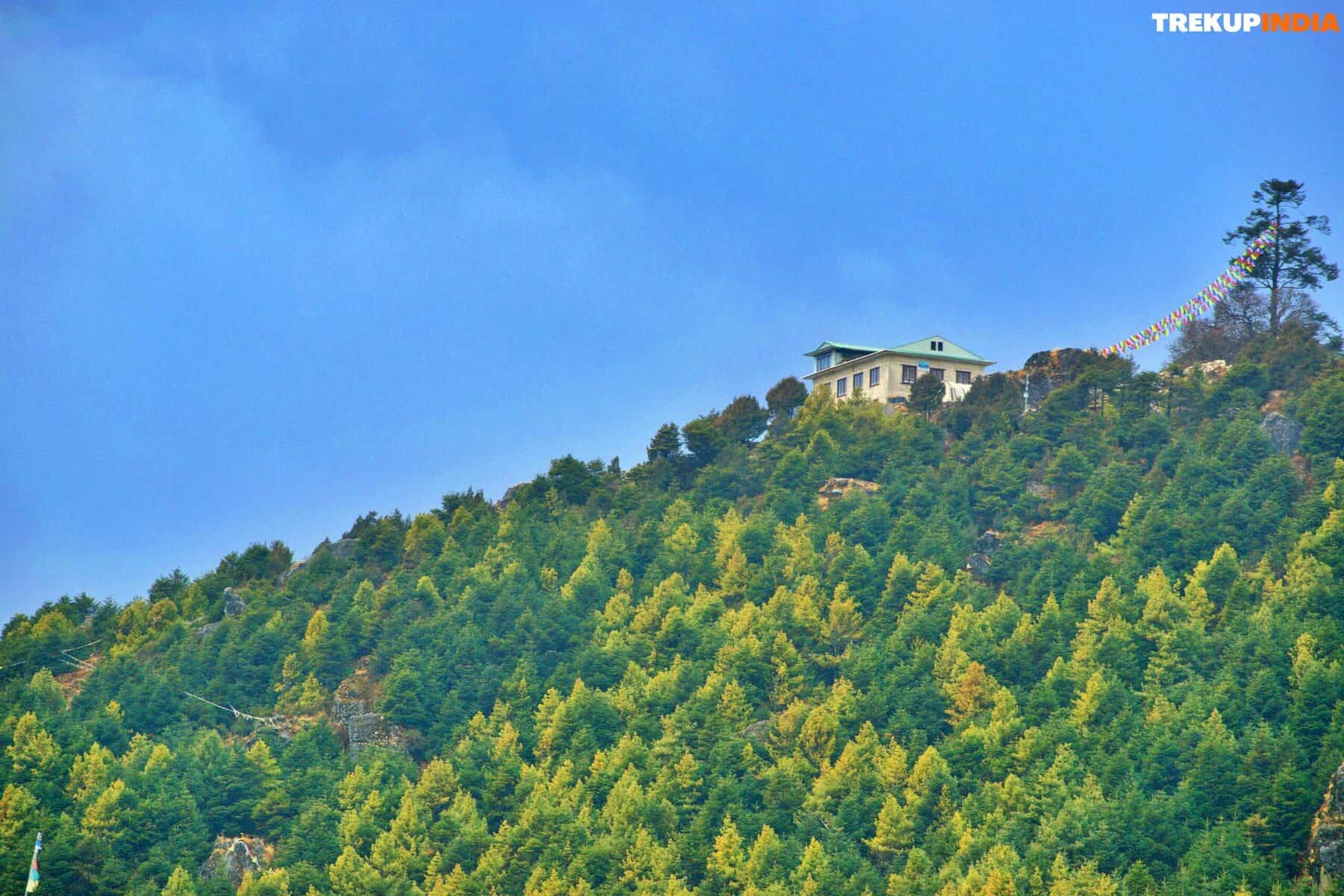
Park visitors may also encounter red pandas. About 50 percent of these fuzzy balls of fur reside in the Eastern Himalayas; thus, there’s a good chance you will come across one while walking through the park. Incredibly, over 200 bird species have been recorded here! These include alpine accentors and Black-necked grebes; bar-throated Sivas and black-throated thrushes as well as blood pheasants, blue-capped redstarts and brown dippers!
Are You A Wild Animal Lover Looking Forward to More Wild Animals? The park is home to numerous birds of prey species, including golden eagles, booted eagles, peregrine falcons, imperial eagles, cinereous vultures, bearded vultures (some of the world’s most massive predatory birds) cinereous vultures as well and cinereous Vultures! If you see these magnificent birds of prey flying about, be sure and look closely, you might just spot bearded Vultures making their presence known! An Arid Area given designation as a National Park!
Lakes of Everest
No discussion of this region of the Everest Region would be complete without discussing its breathtaking lakes, known as Gokyo lakes. They represent some of the largest freshwater bodies on Earth. At an altitude of over 15000 feet above sea level, each primary water body in this ecosystem stands out as more attractive than the next. With sprawling pools of glacial water scattered across hectares against a background of lofty Himalayan mountains, it is easy to imagine this scene. When still, turquoise lakes reflect mountains covered with snow, along with clear blue skies above. Puddles form following heavy rainfall – although because these waters exist within the Himalayas, it means these puddles may extend hundreds of meters across width as well as length.
Nepal is blessed with breathtaking sights everywhere you look; Gokyo Lakes stand out as truly special locations that stand out. Not only are these waterbodies beautiful sights; they provide opportunities to witness local diversity as well. Lakes provide homes for many species of rare animals and plants. Gokyo Lake was designated as part of the Ramsar Site to highlight its significance to their environment, where over 12 species of water birds have been observed near Gokyo and other lakes nearby. Ferruginous ducks, bar-headed and demoiselle cranes can also be seen here, along with yellow-billed choughs (alpine or choughs, as they’re commonly known). You might also be fascinated to know that these small birds can reach an altitude of over 26000 feet while flying freely overhead, making them one of the highest altitude living birds on Earth!
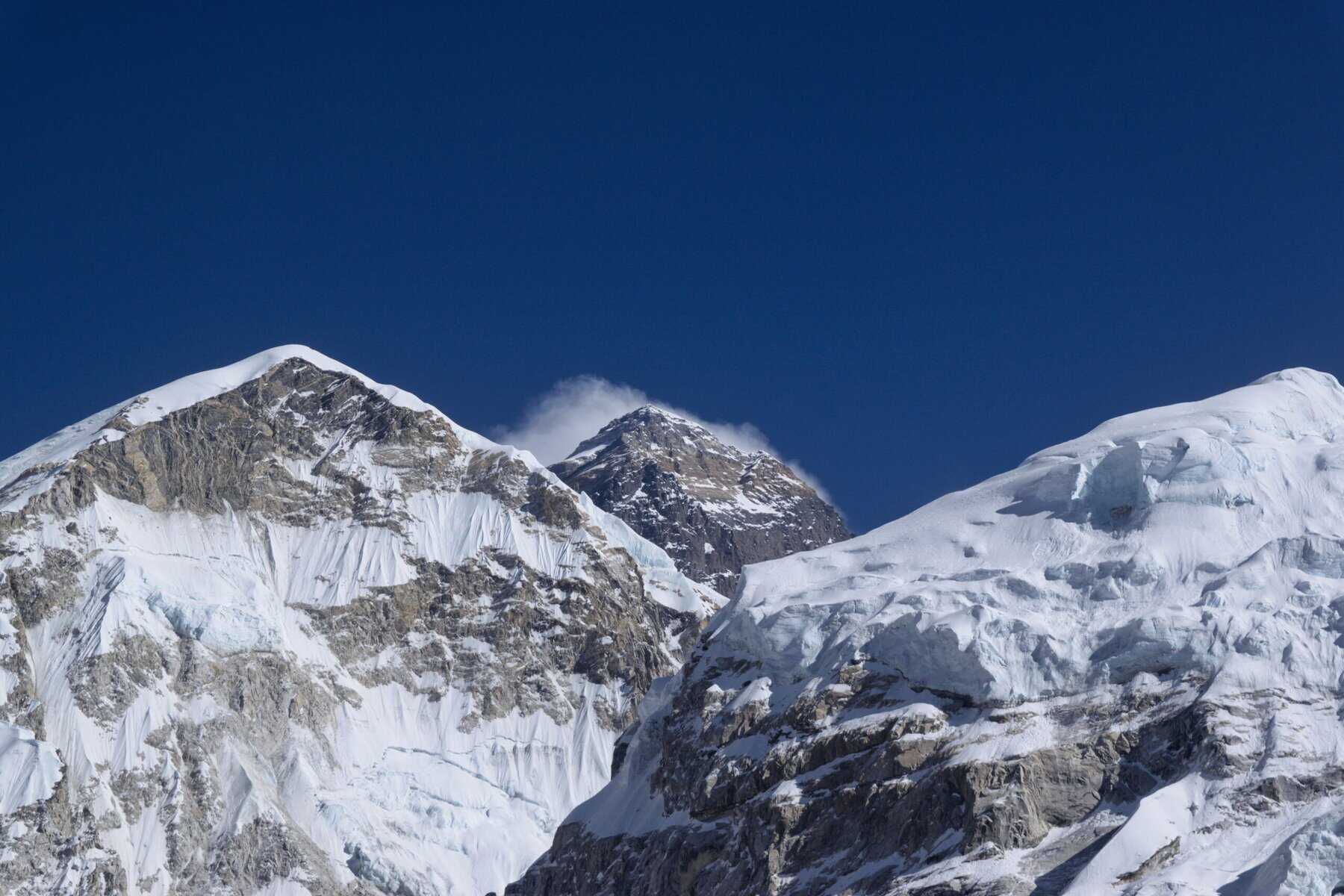
Attracted by their beautiful lakes, trekkers gather to begin a 17-day trek through the rugged Himalayan terrain in Gokyo. This exhausting and challenging journey takes trekkers past Gokyo Ri and other lakes of the Everest Region, such as Kala Patthar Mountain, ultimately reaching an elevation of around 18190 feet at Gokyo Ri. The difficult yet rewarding trek will cover numerous lakes located throughout Gokyo as well as those part of the Everest Region, such as Kala Patthar Mountain (which boasts 17575 m). Trekkers will reach Gokyo Ri and other lakes within Everest Region, such as Kala Patthar Mountain, which boasts its summit, while hiking on this adventure will take thrill-seekers uphill with its many lakes in Gokyo itself; one such adventure will lead thrill seekers up until its summit which stands at an astounding 18190 feet altitude!
Trekking into the Everest Region uncovers another dimension – culture. Being one of the remotest locations, only a select few survive here, unaffected by many other people in their environment and living untroubled lives in small hamlets such as Phakding, Gorakshep, and Lukla. Not to forget Everest Base Camp! Not only will passengers enjoy stunning sights from Mt Everest to Cho Oyu to Ama Dablam, Ngozumpa Glacier, and Thamserku as they transport passengers along their journey!
After discussing the Everest Region and its wildlife and lakes, I believe you would agree that there is much more than meets the eye. While Everest dominates much of this region, I hope that my blog has shed some light on its magical character, not only as the highest point on earth, but also for being home to exotic flora, fauna, geographical features, and unique geographies.
About Author
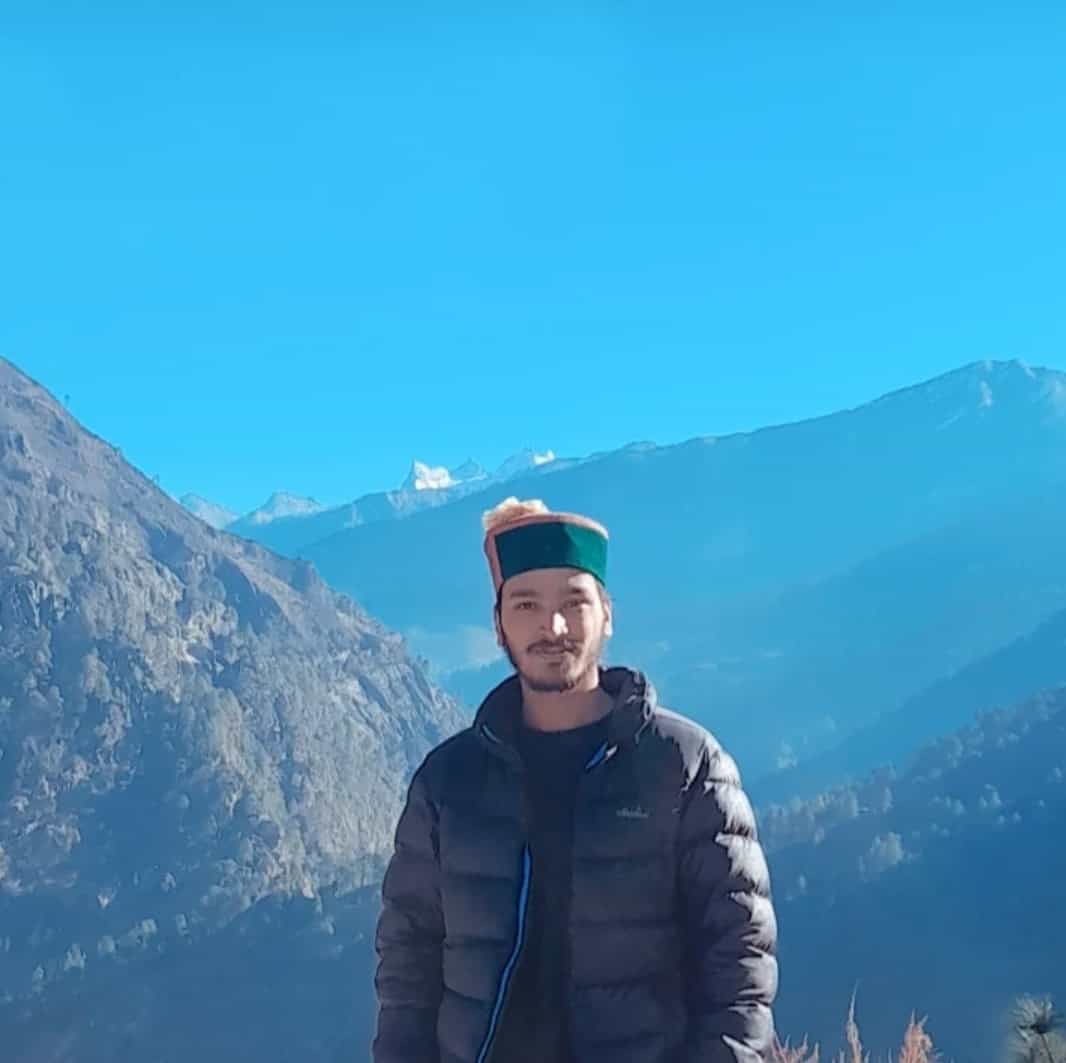
Anoop Rawat (Admin TrekUp India)
Anoop has worked for 5 years as a Trek Leader with TrekUpIndia, leading numerous treks across the diverse and challenging terrains of Uttarakhand and Himachal Pradesh. He holds a degree in Geology with a specialization in Geographic Information Systems (GIS) from UPES Dehradun. During his academic years, he actively applied his classroom knowledge in the field—most notably by contributing to a glacier research project on the Jundar Glacier in the Har Ki Dun Valley, Uttarakhand. Write Anoop at anoop@trekupindia.com
Share this article
Dates For Upcoming Treks
Want To Trek Like Pro?
Basically, watch these videos if you want to trek the same way professional trekkers do and make your skills better. These videos contain useful tips and techniques to further improve your trekking skills itself. These videos actually help both new and experienced trekkers improve their trekking skills. These videos definitely provide useful tips that make your trek better. We are seeing that these videos by Trekup India experts will only help you make your trekking skills better.
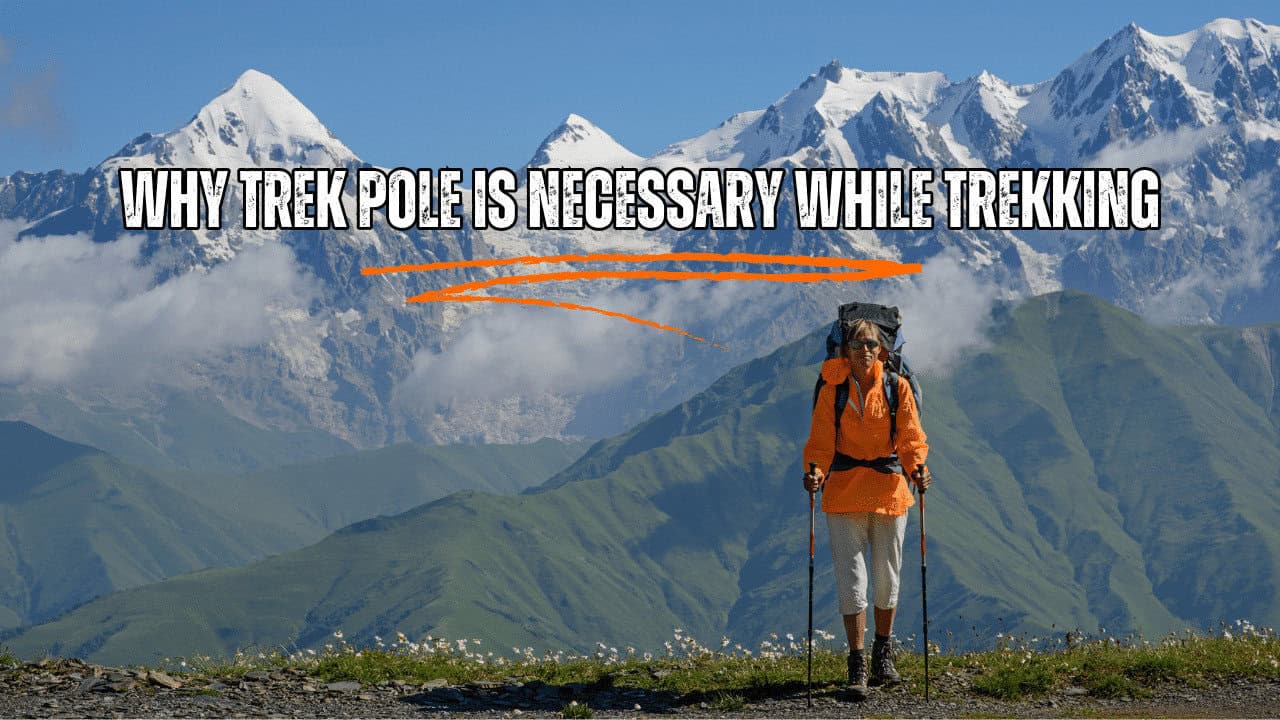




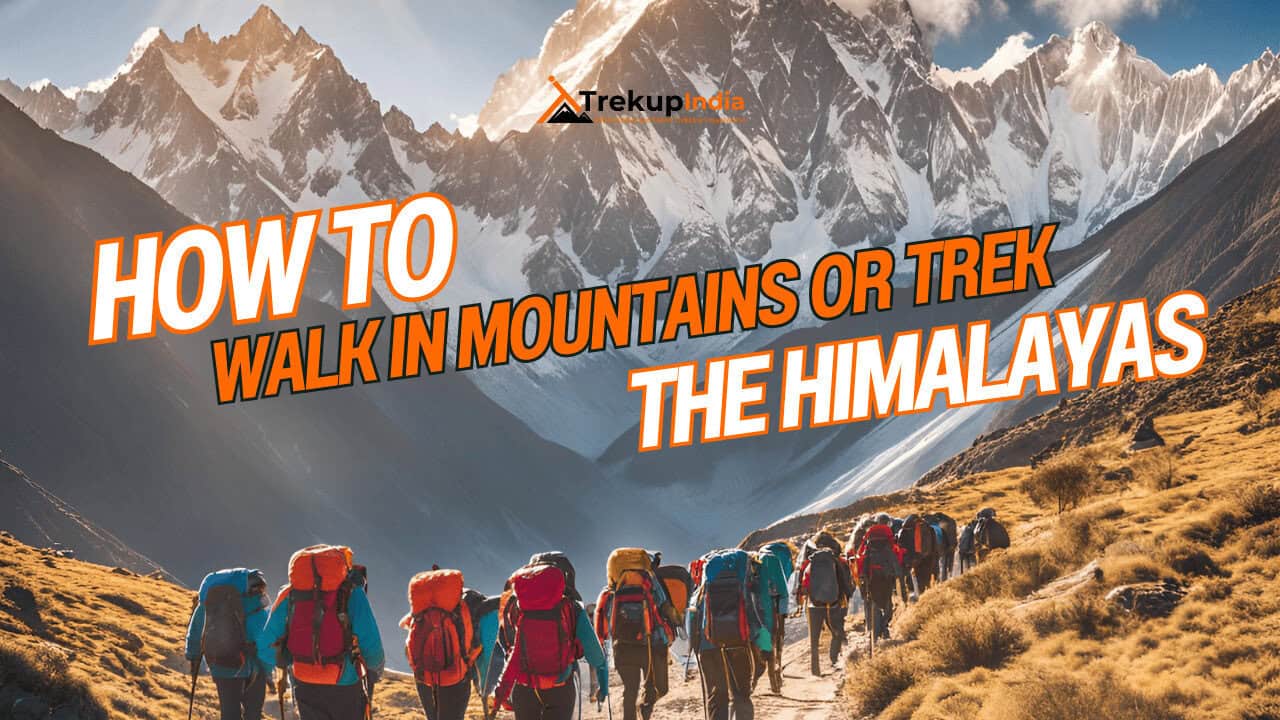

Know Everything About Acute Mountain Sickness
Acute Mountain Sickness occurs when people trek to high altitudes above 8,000 feet. This condition itself develops further due to reduced oxygen levels at such heights. Basically, as you go higher up, the air pressure and oxygen levels decrease, which causes the same problem. Acute Mountain Sickness surely causes headache, nausea, vomiting, and dizziness in affected persons. Moreover, peoples also experience difficulty in sleeping during this condition. To avoid mountain sickness, you should actually trek up slowly to higher altitudes. To learn further about this condition itself, watch the videos by Trekup India.
